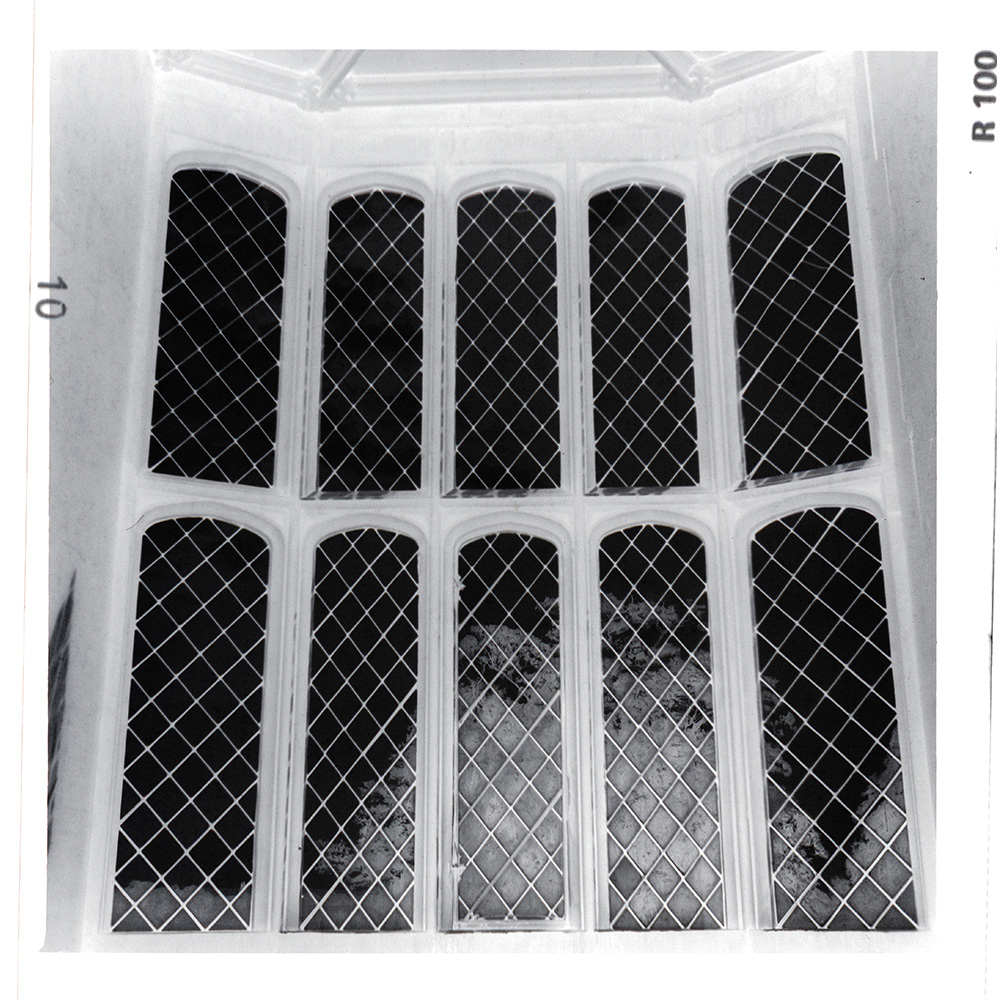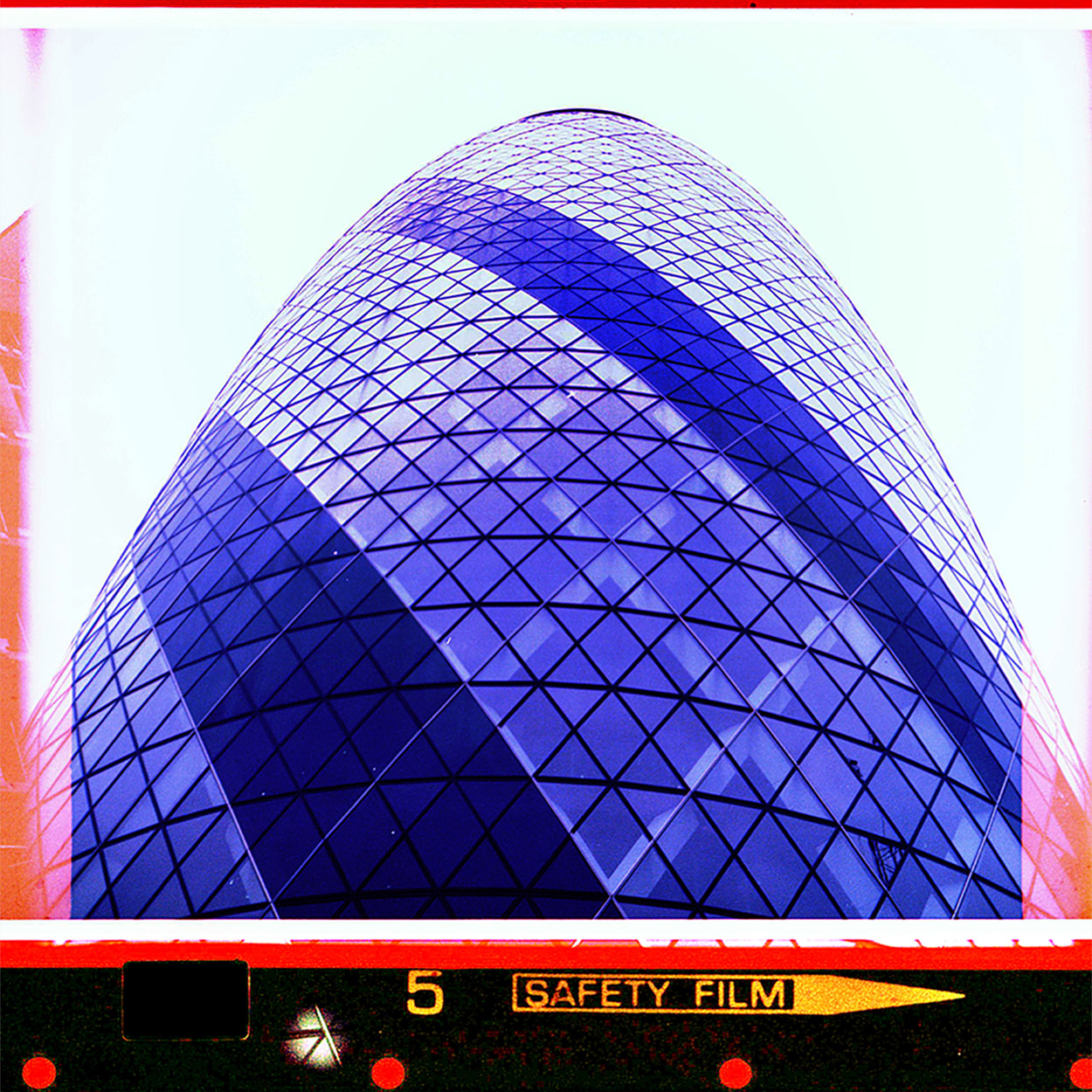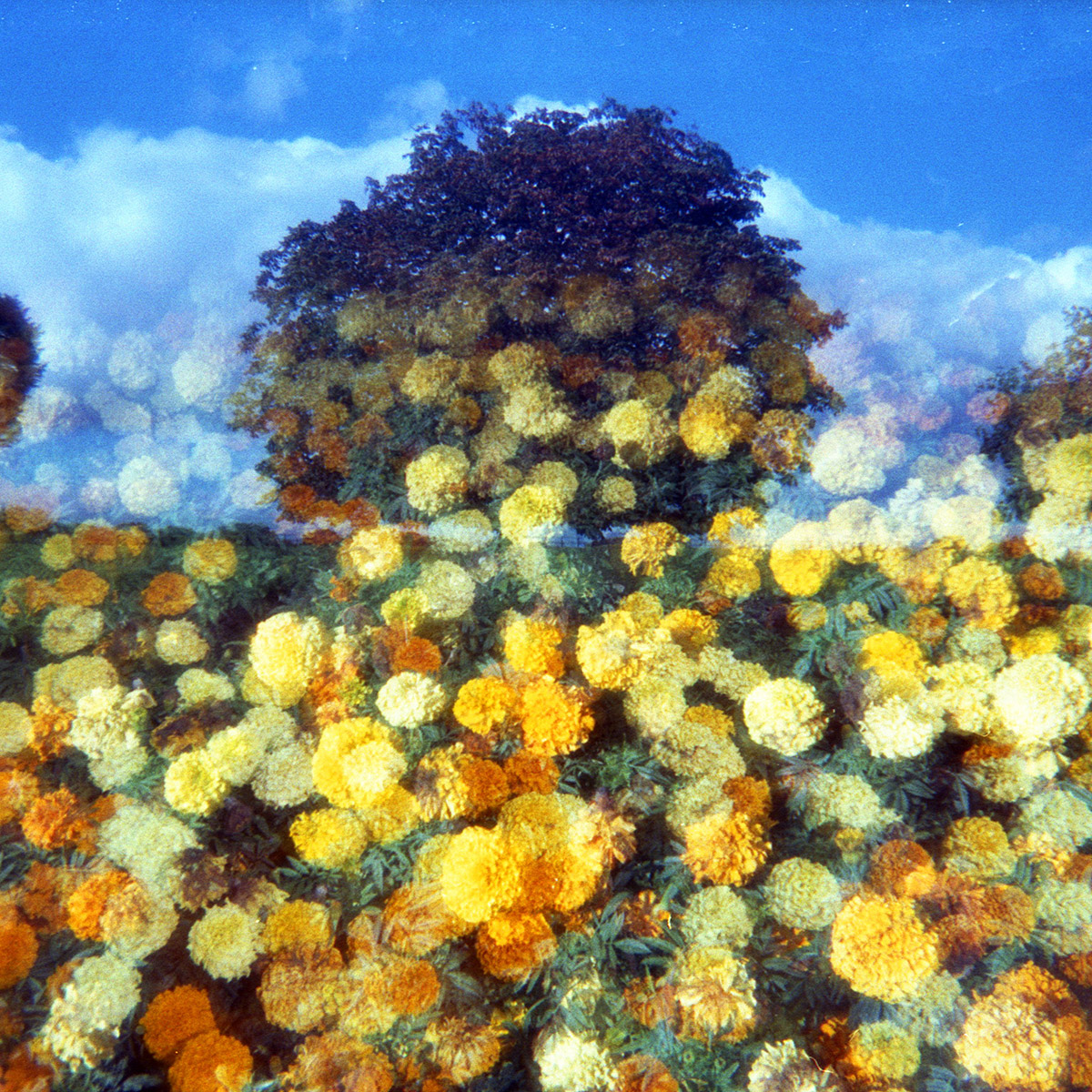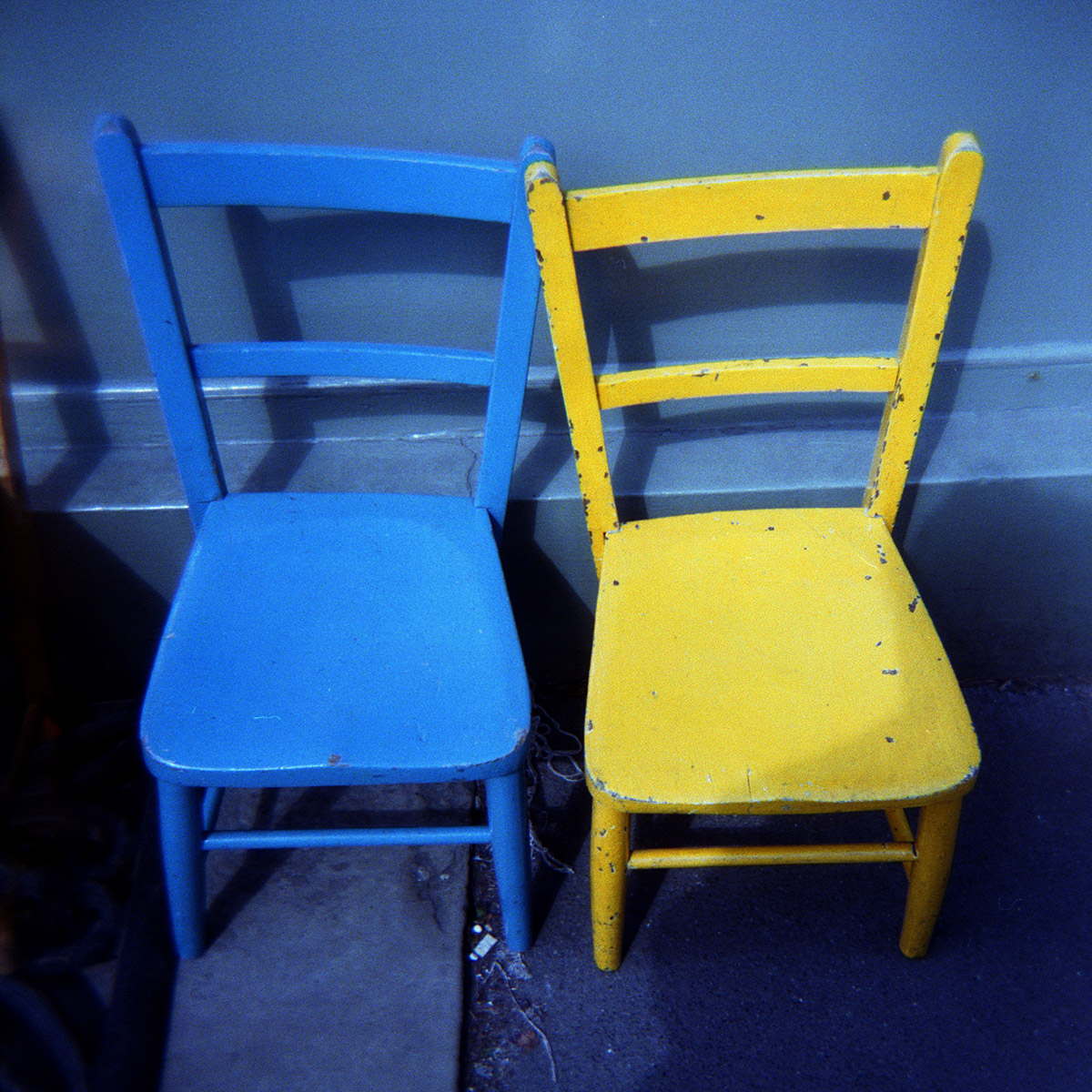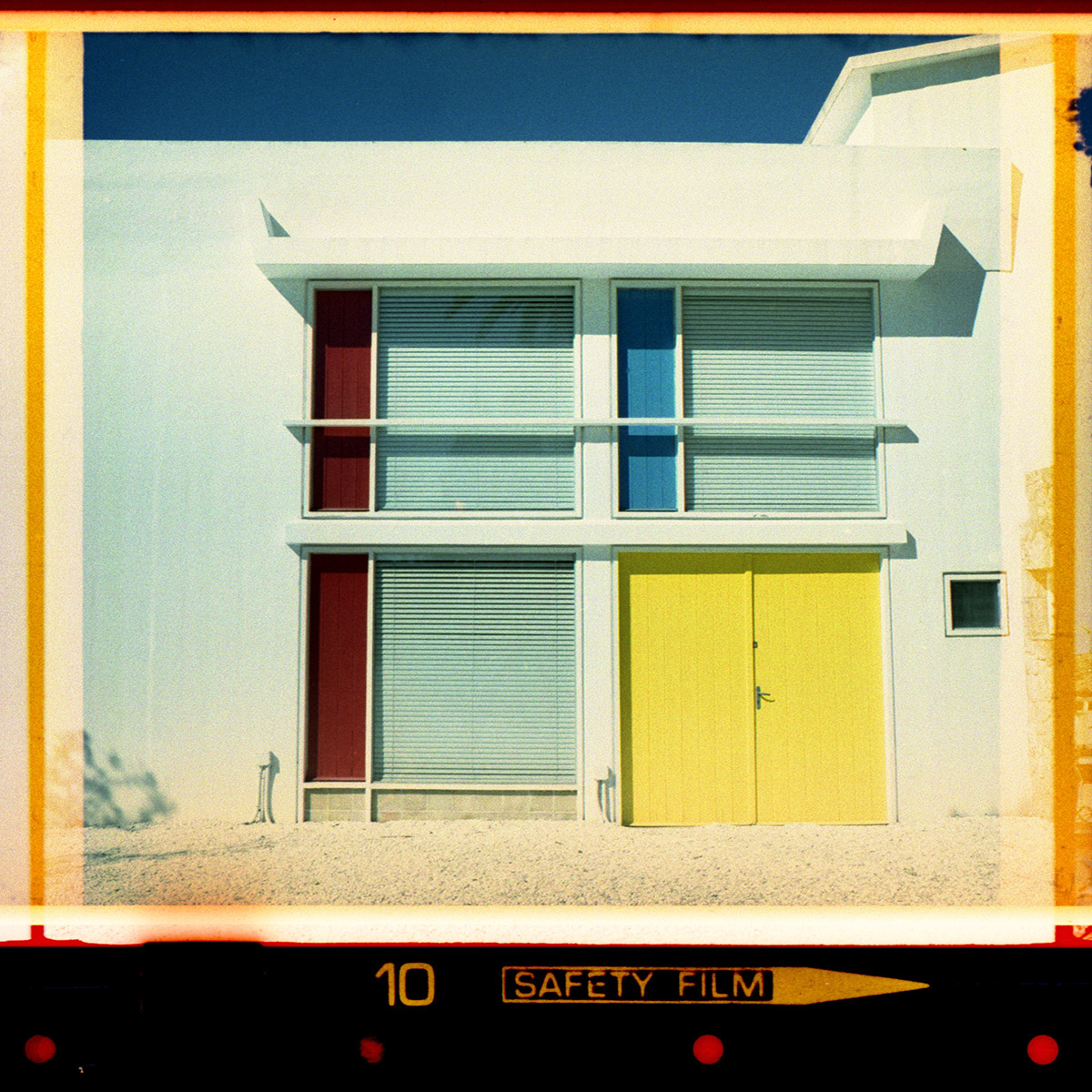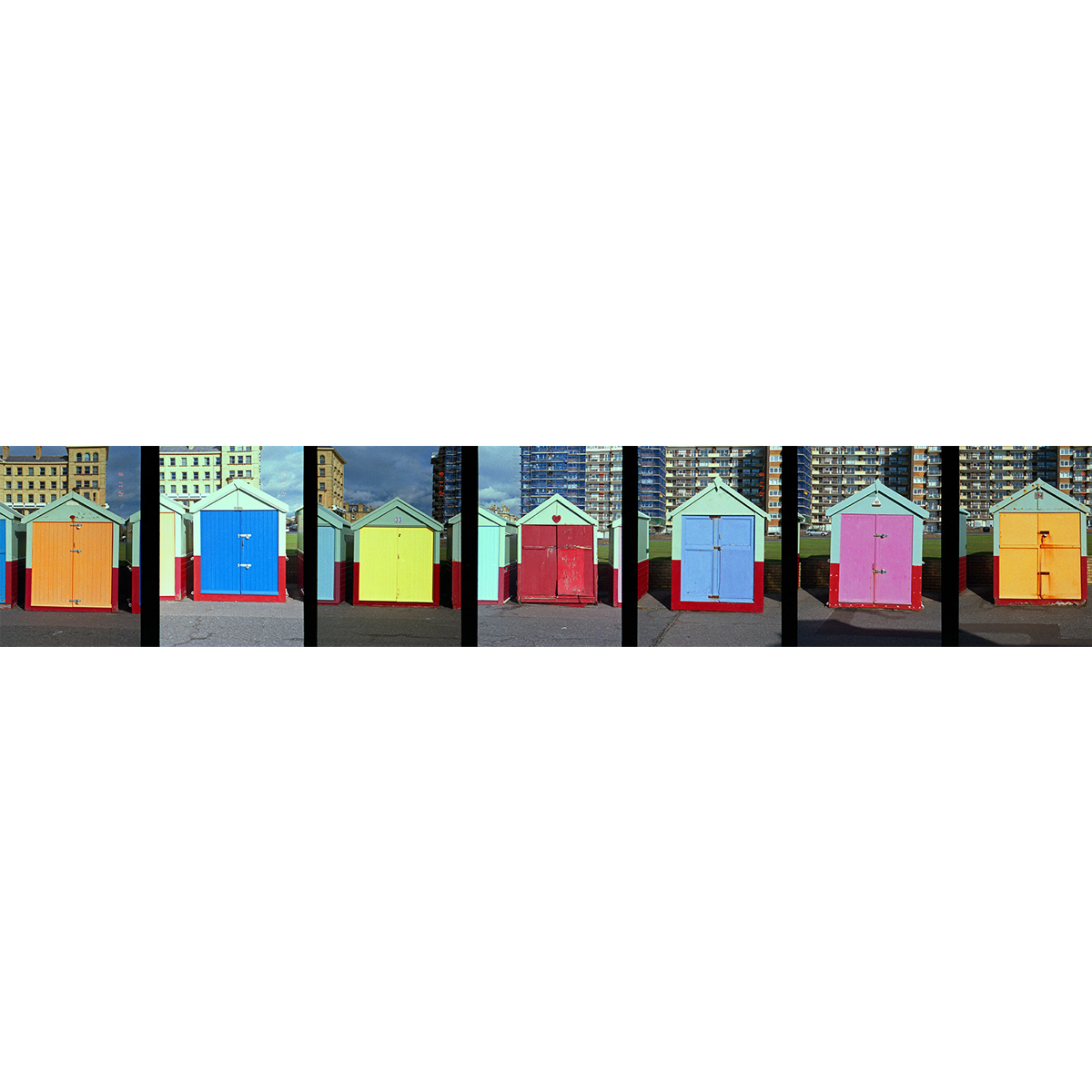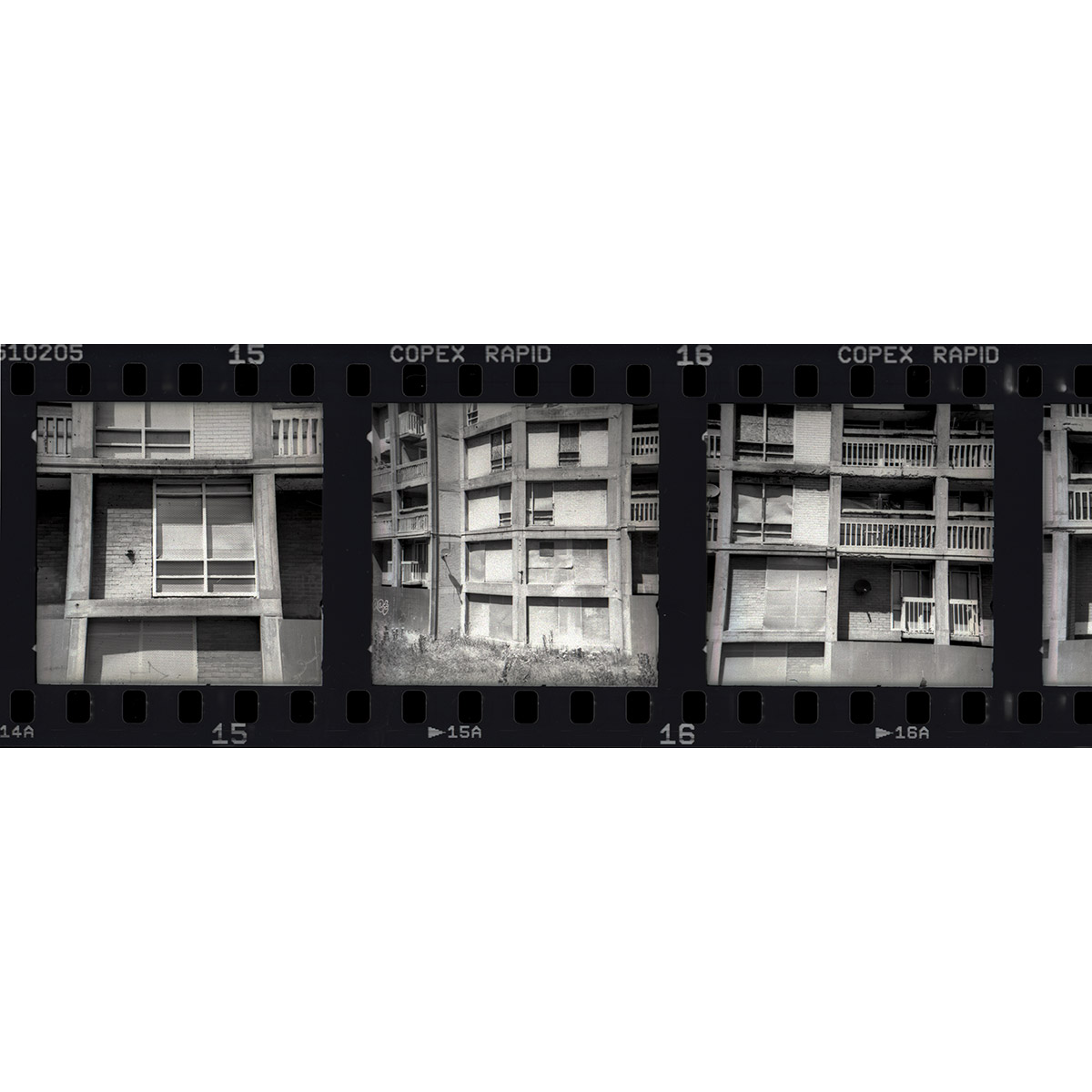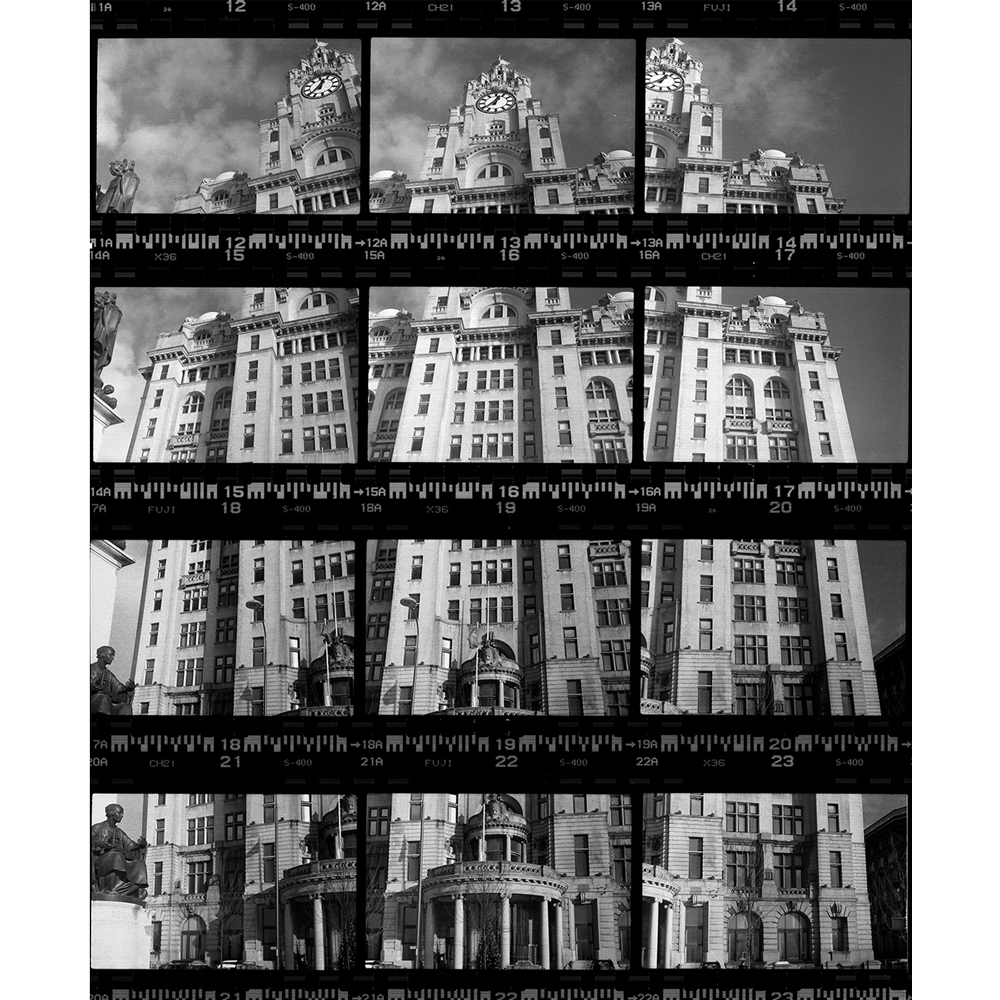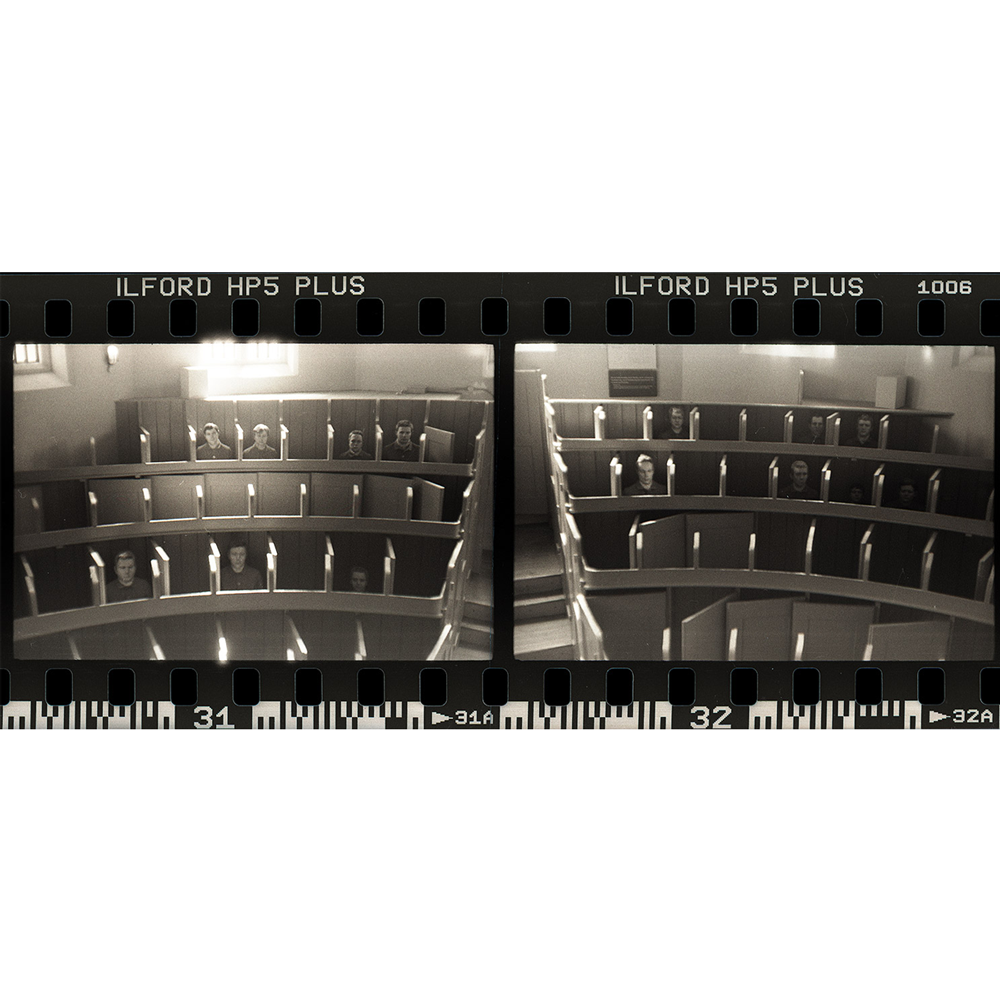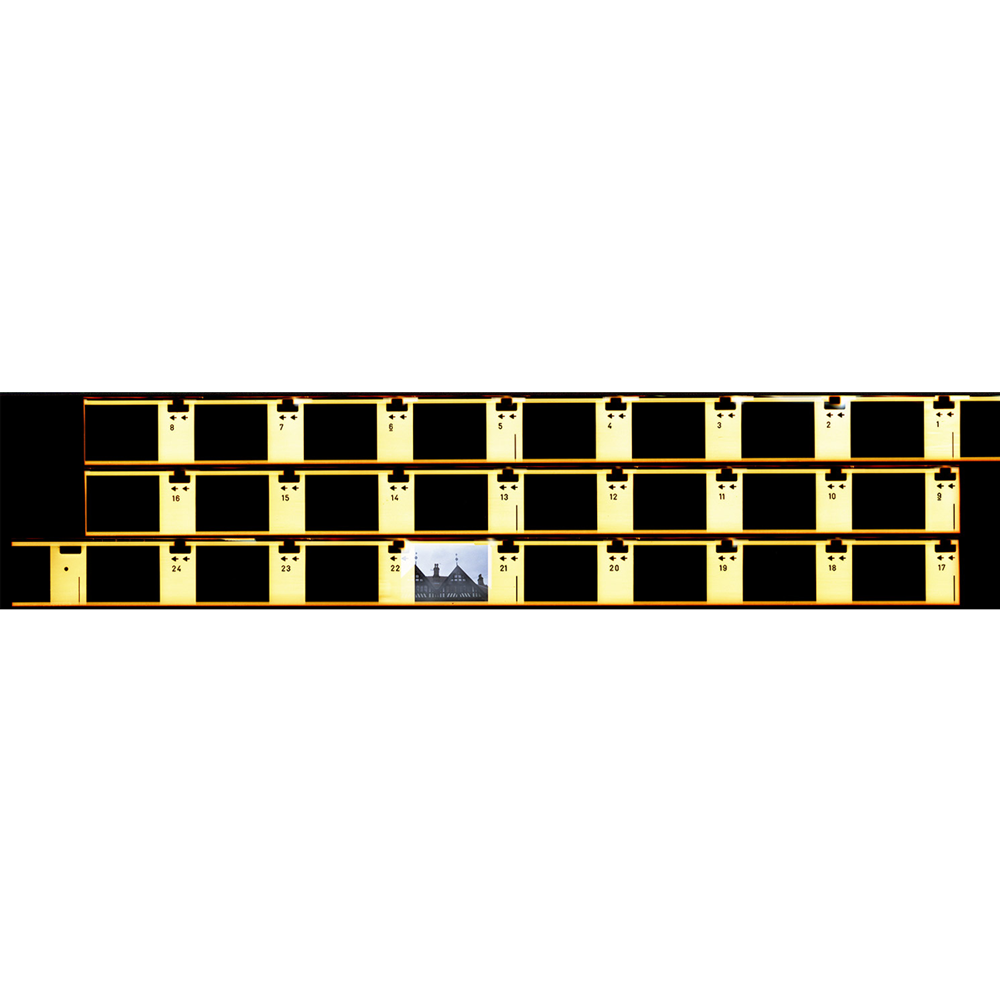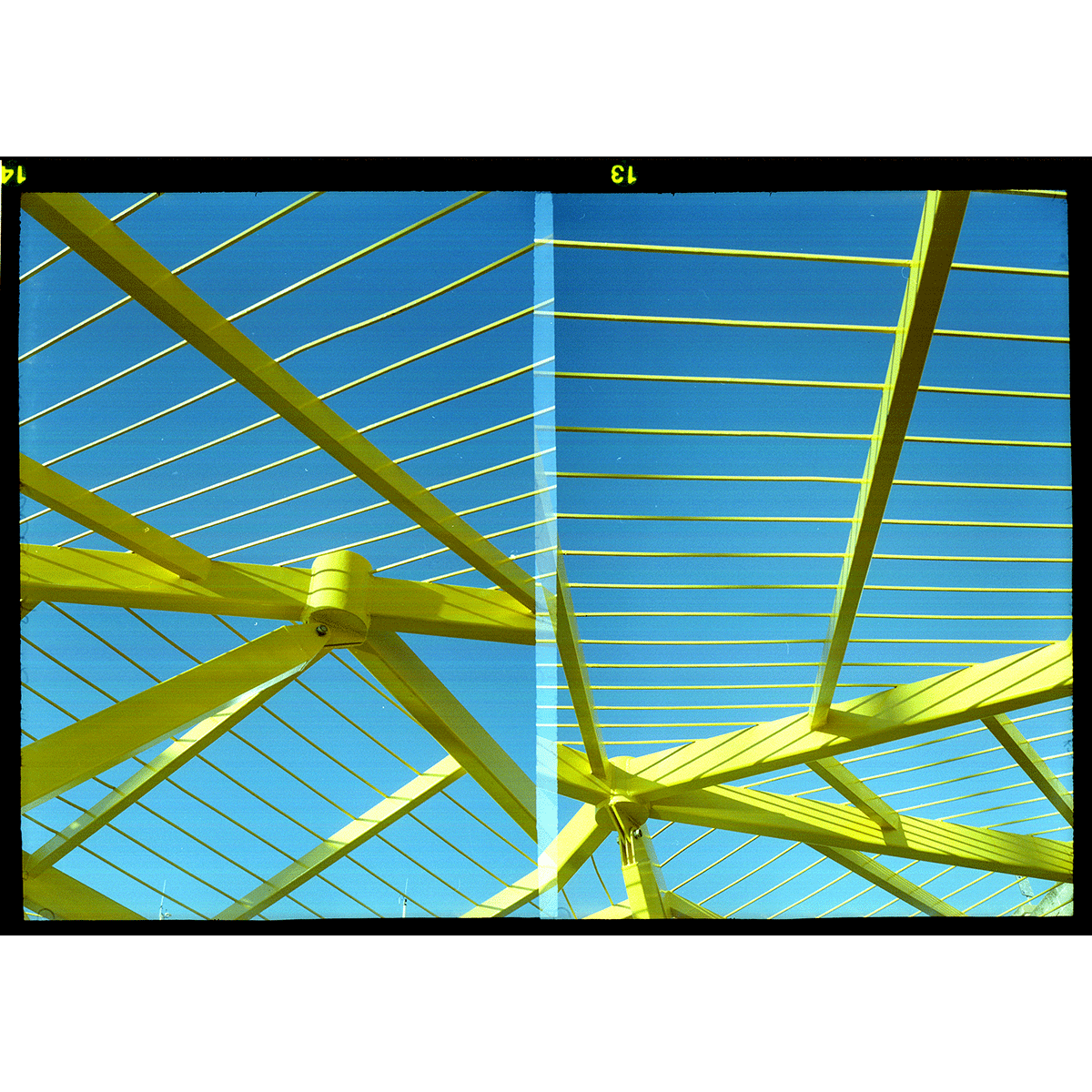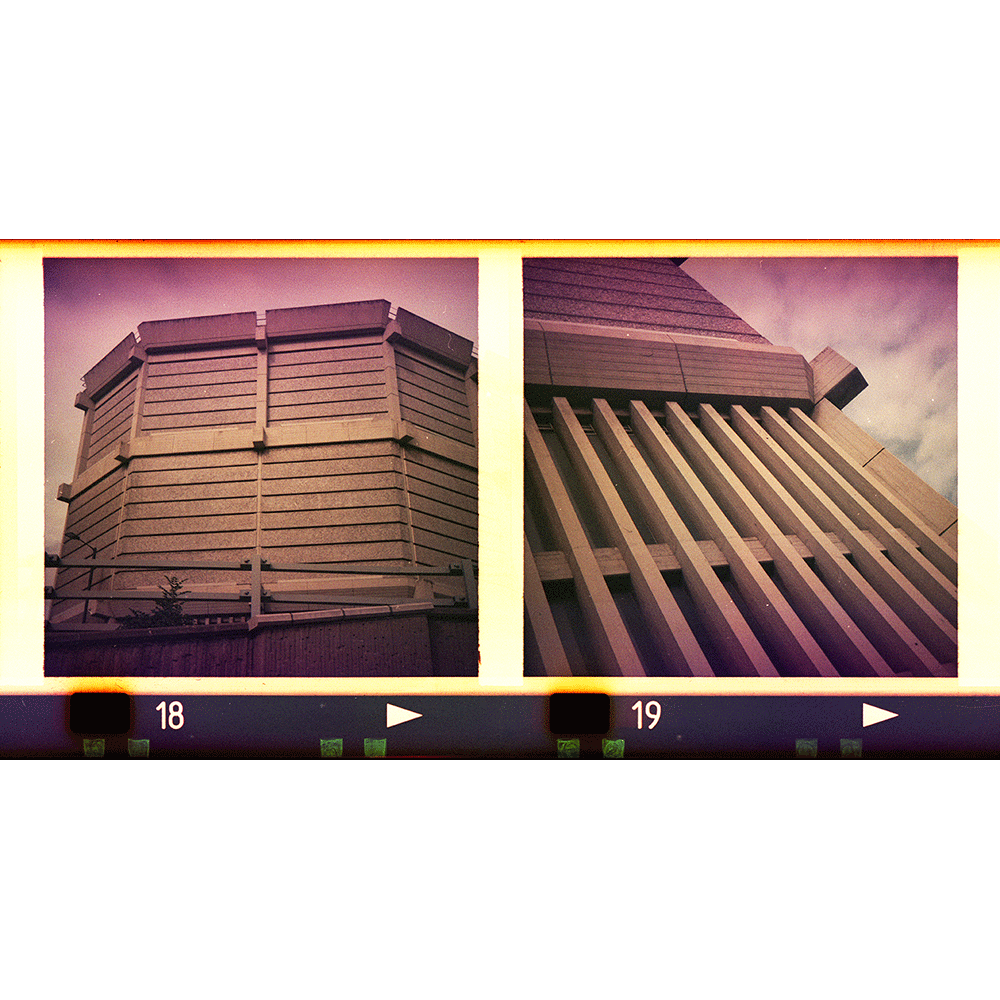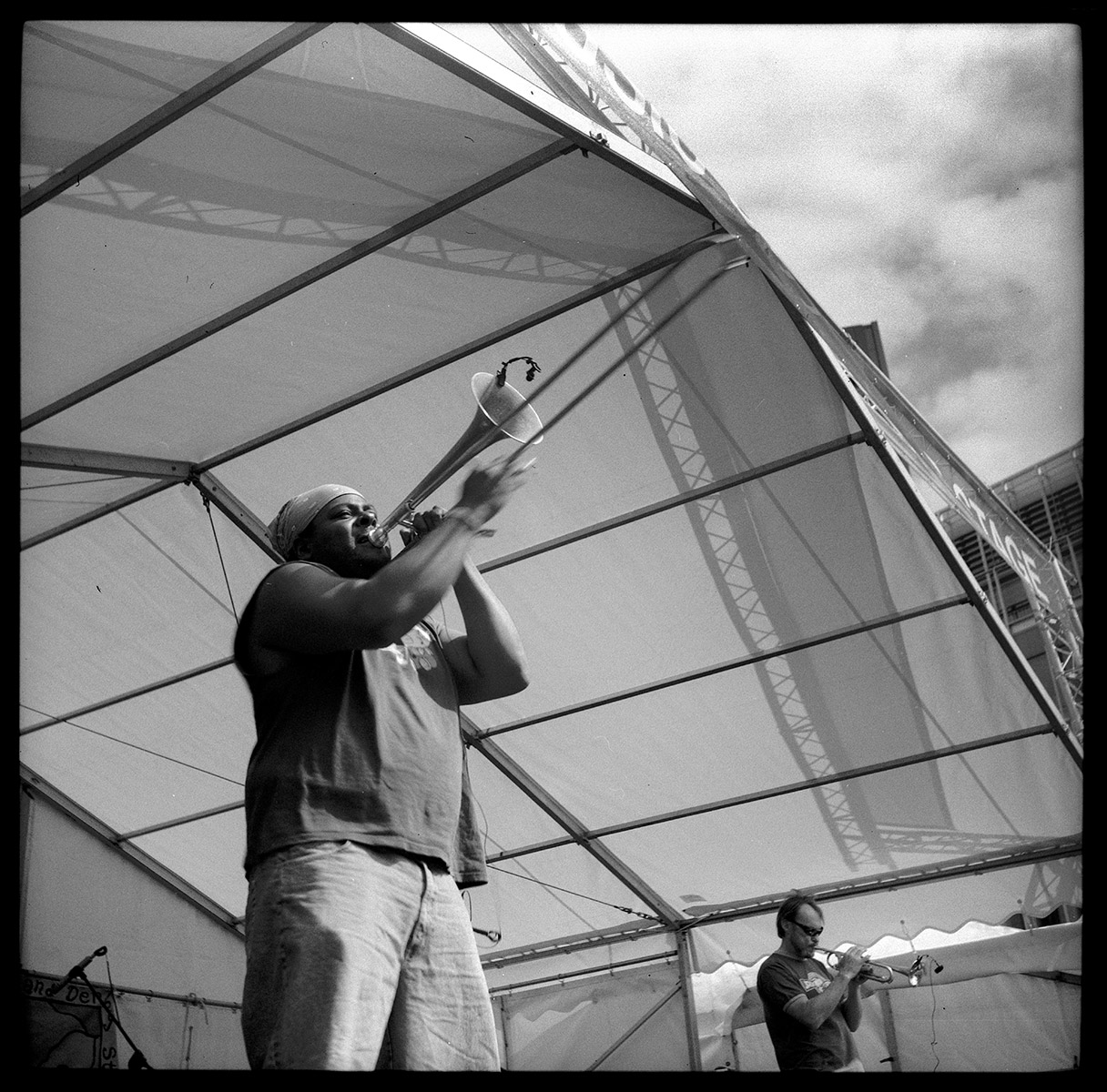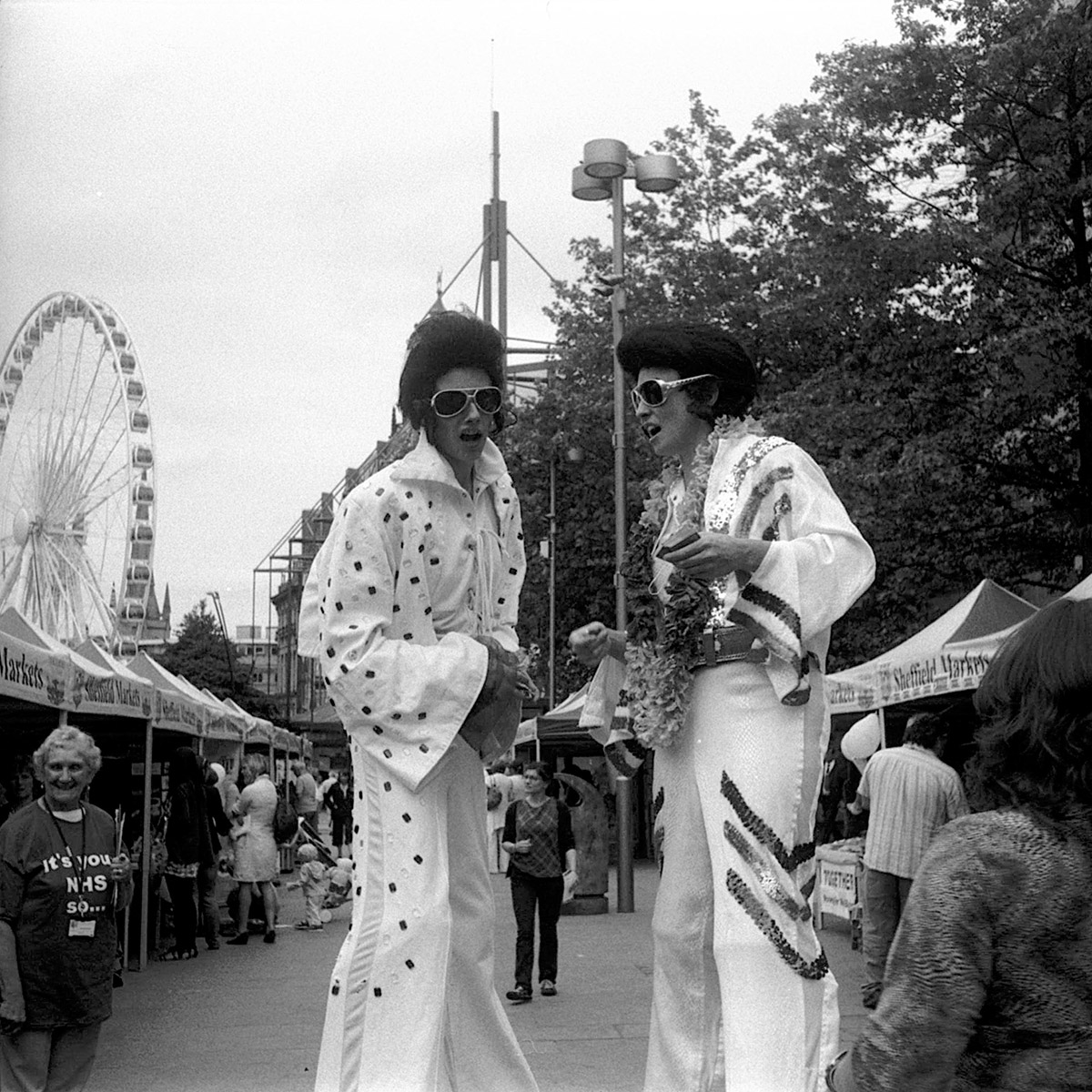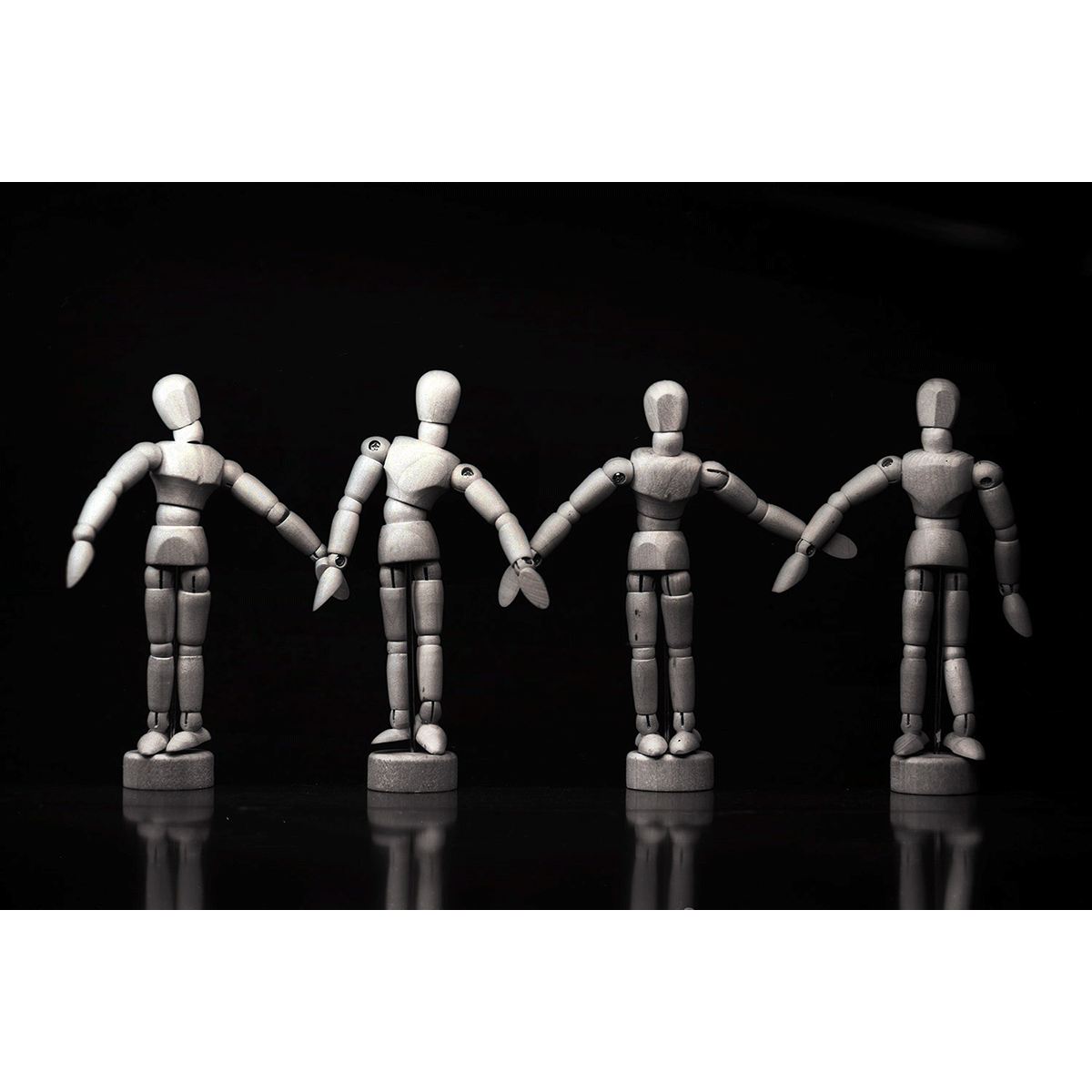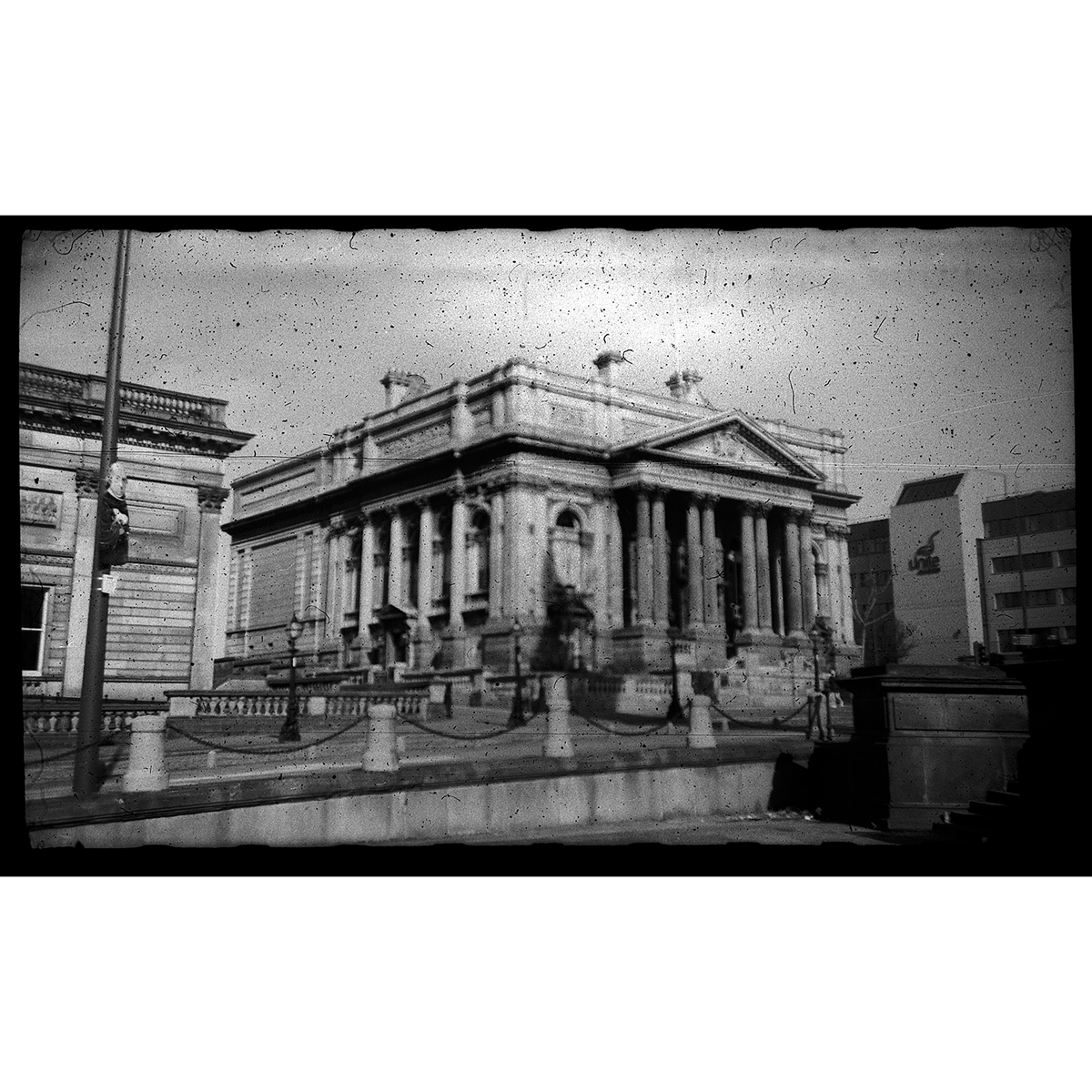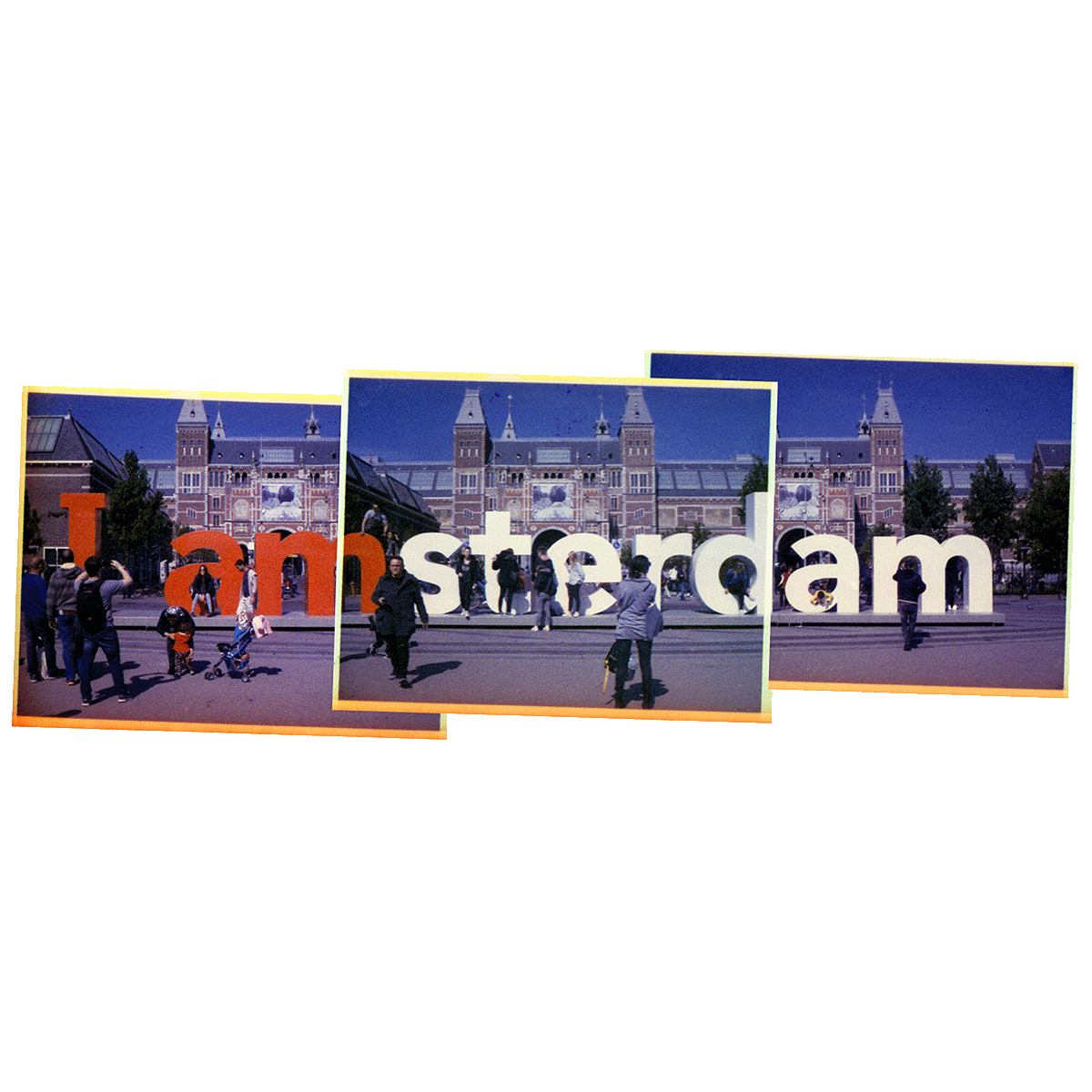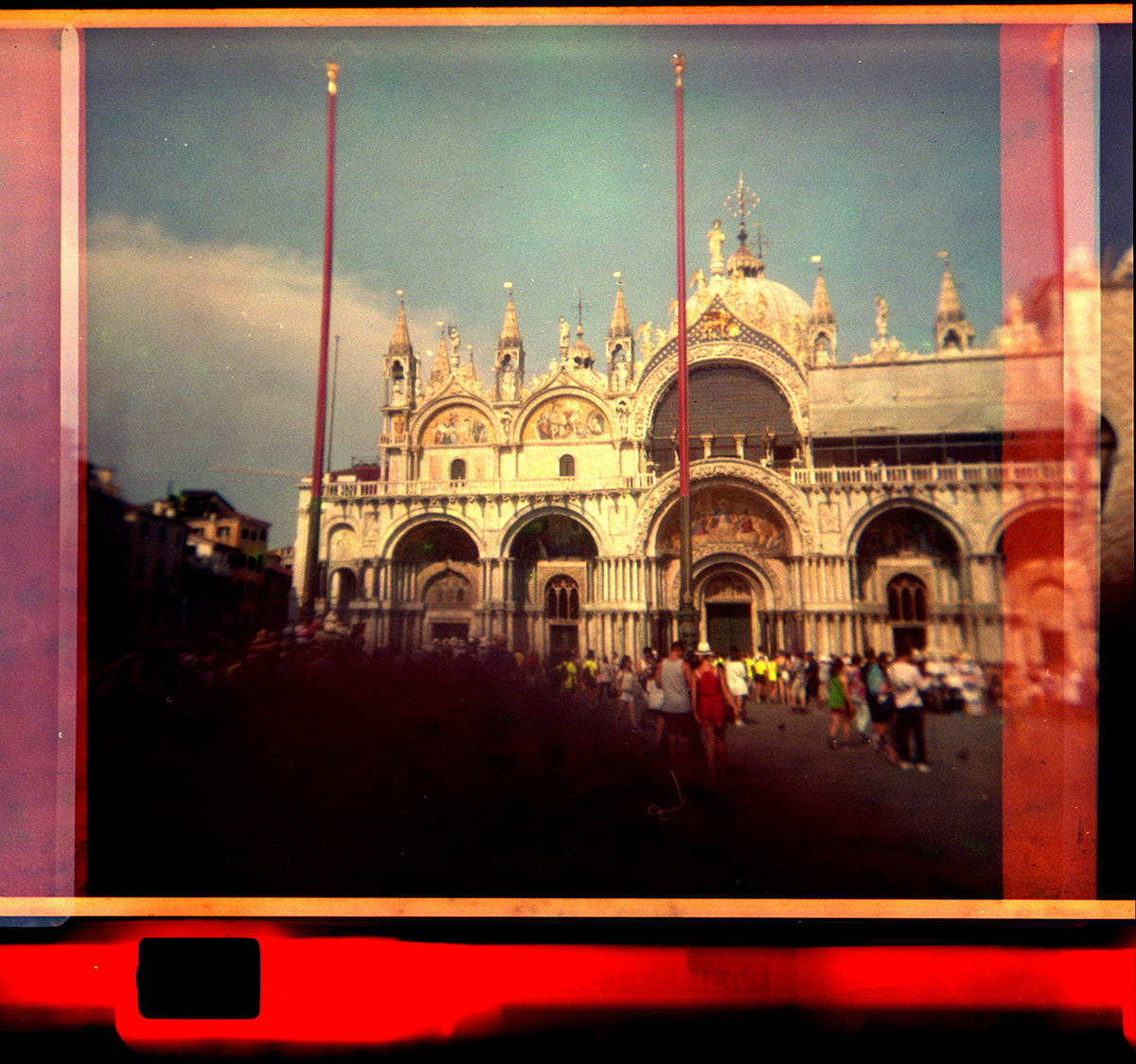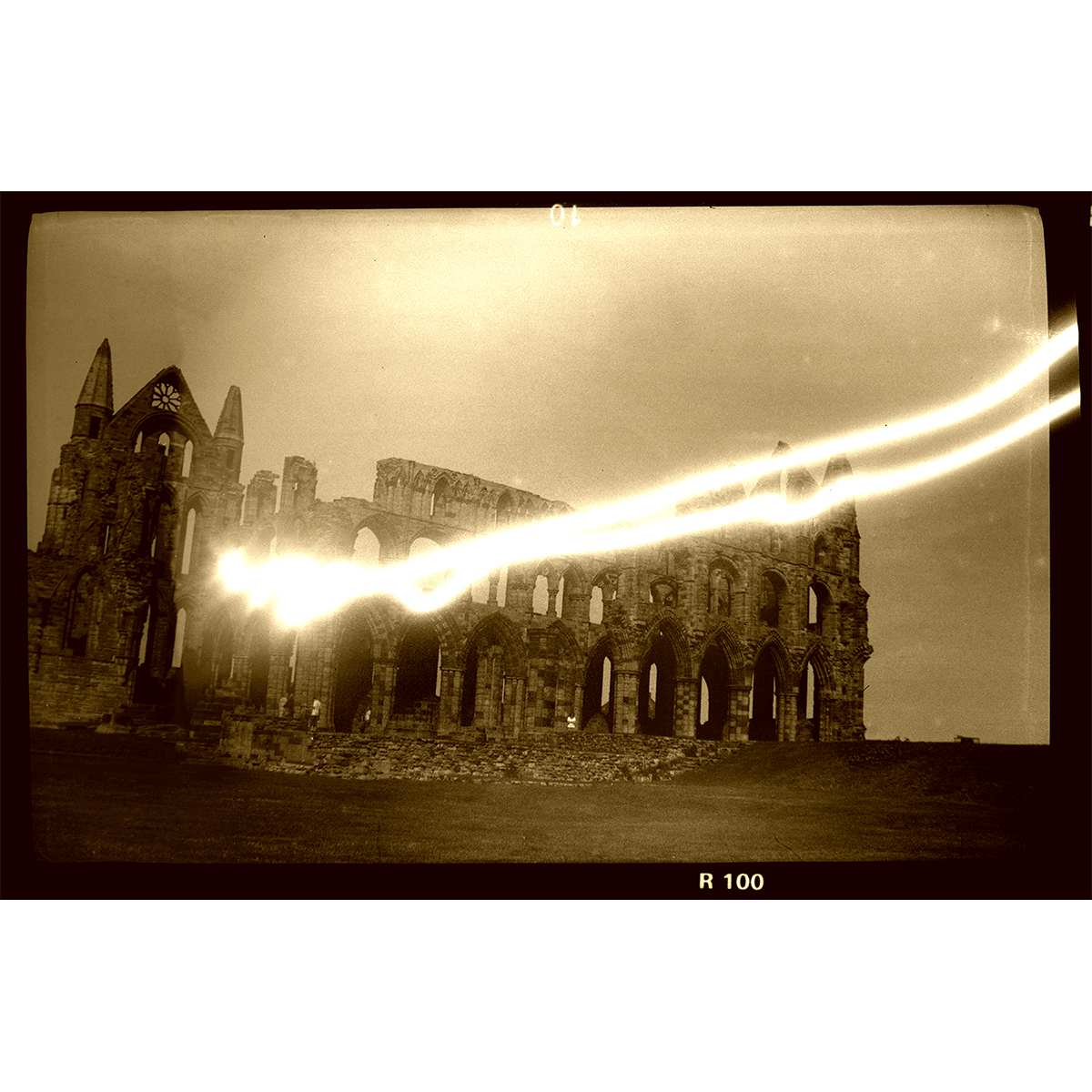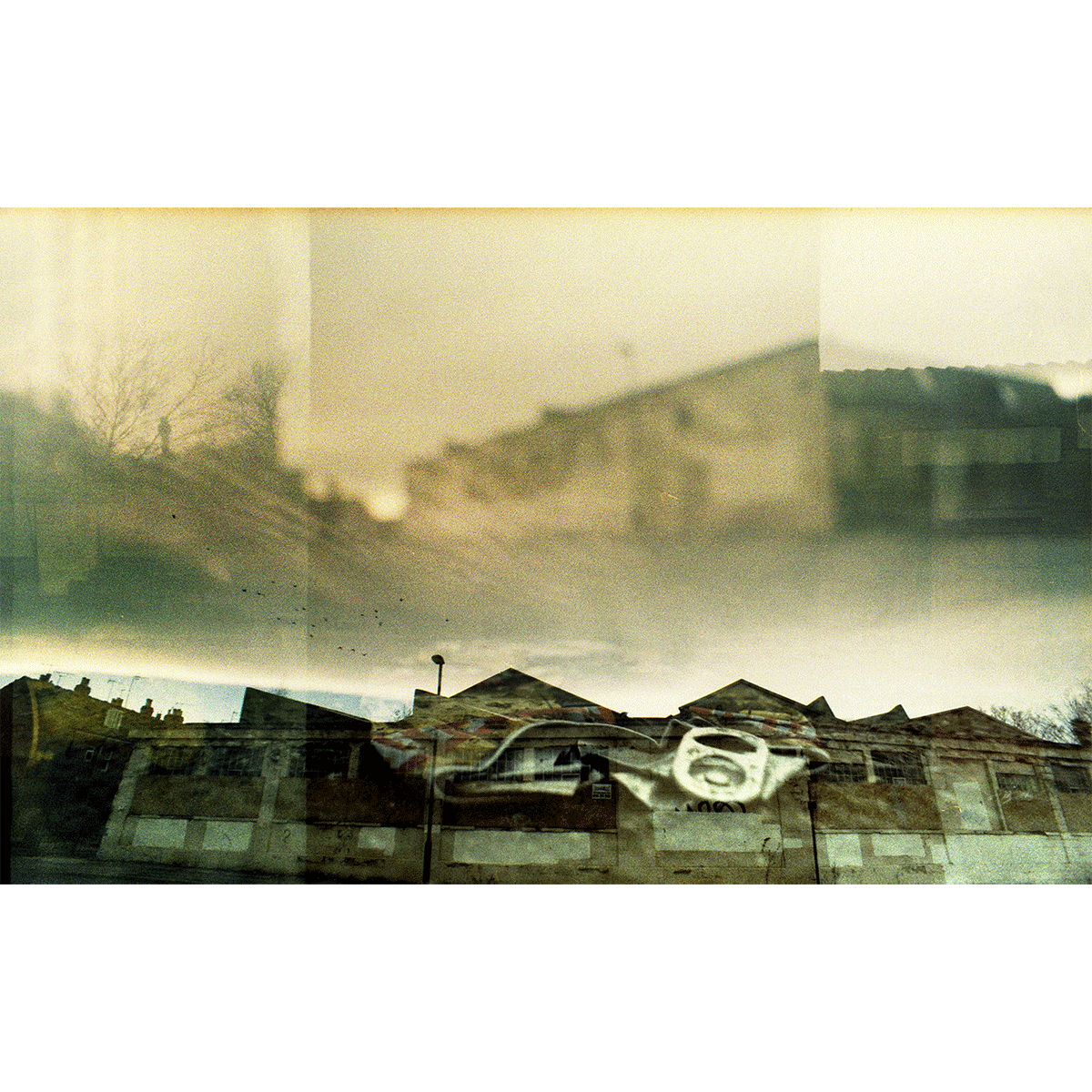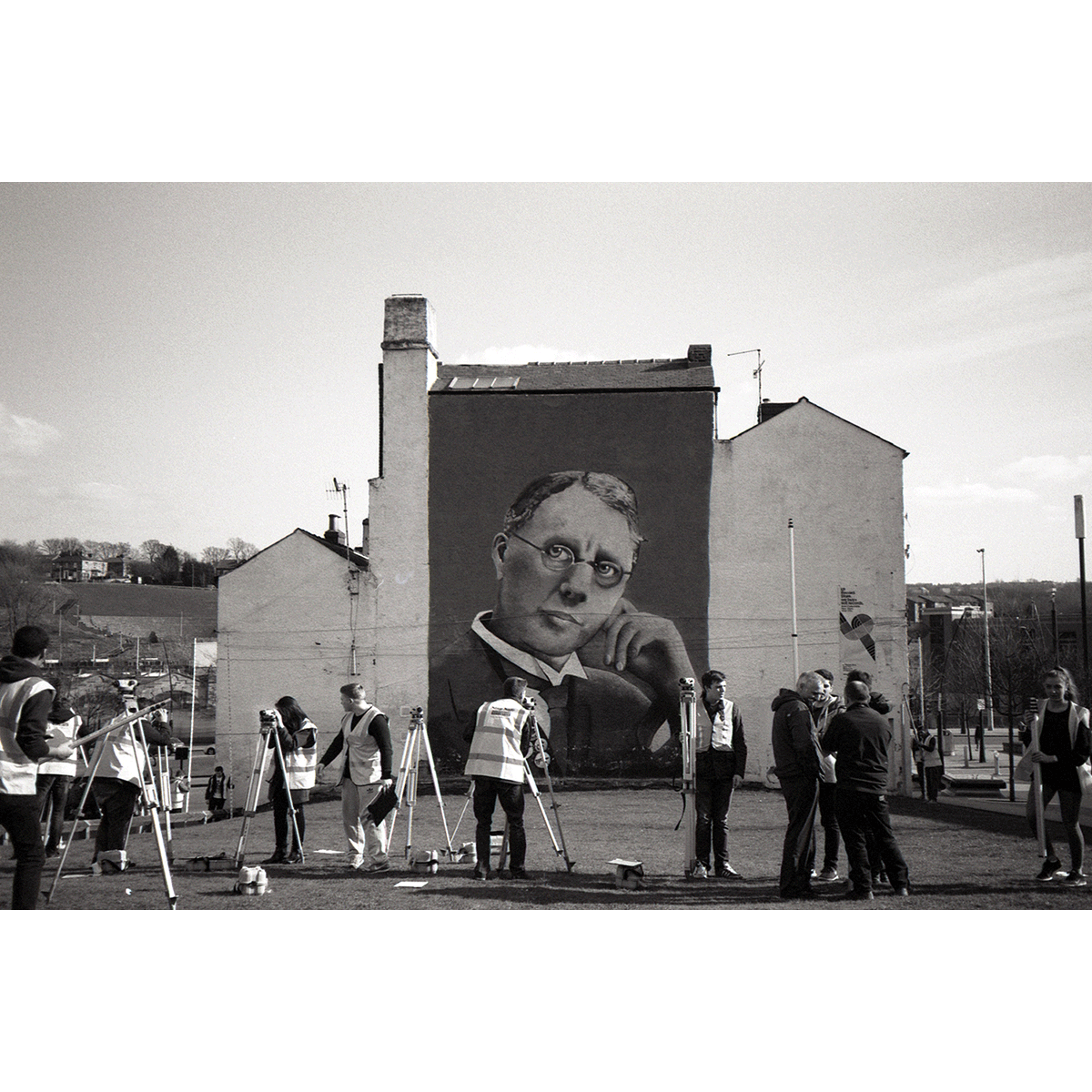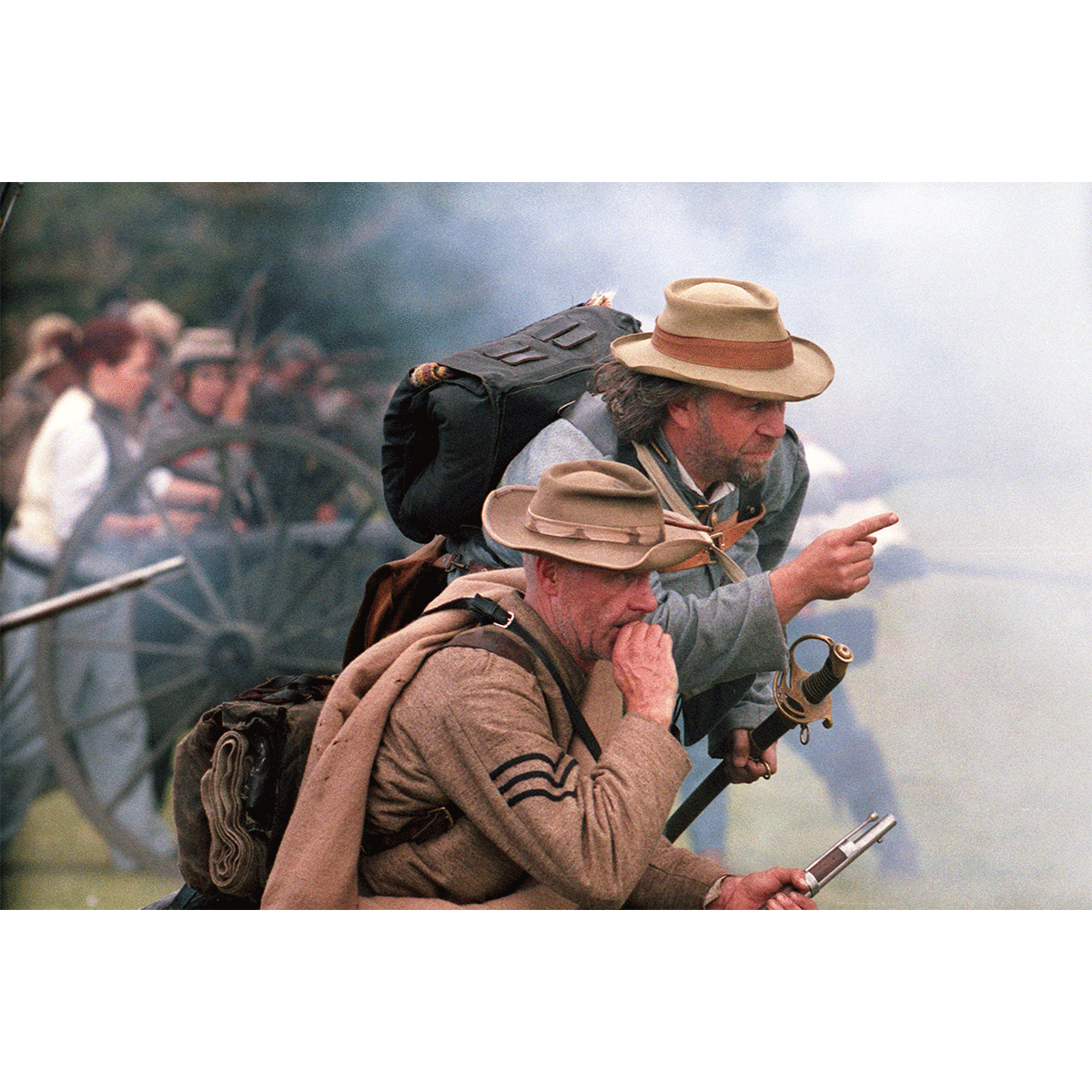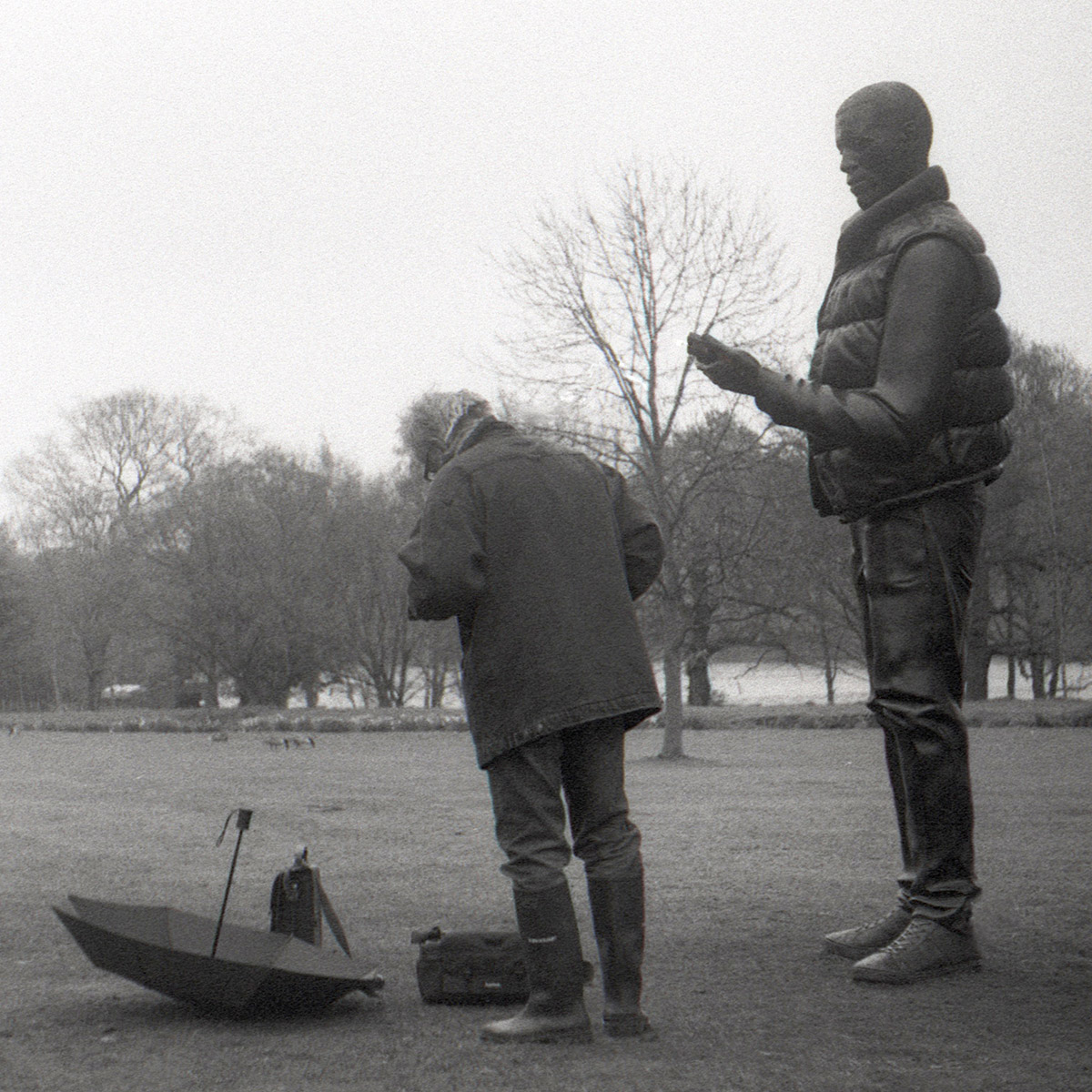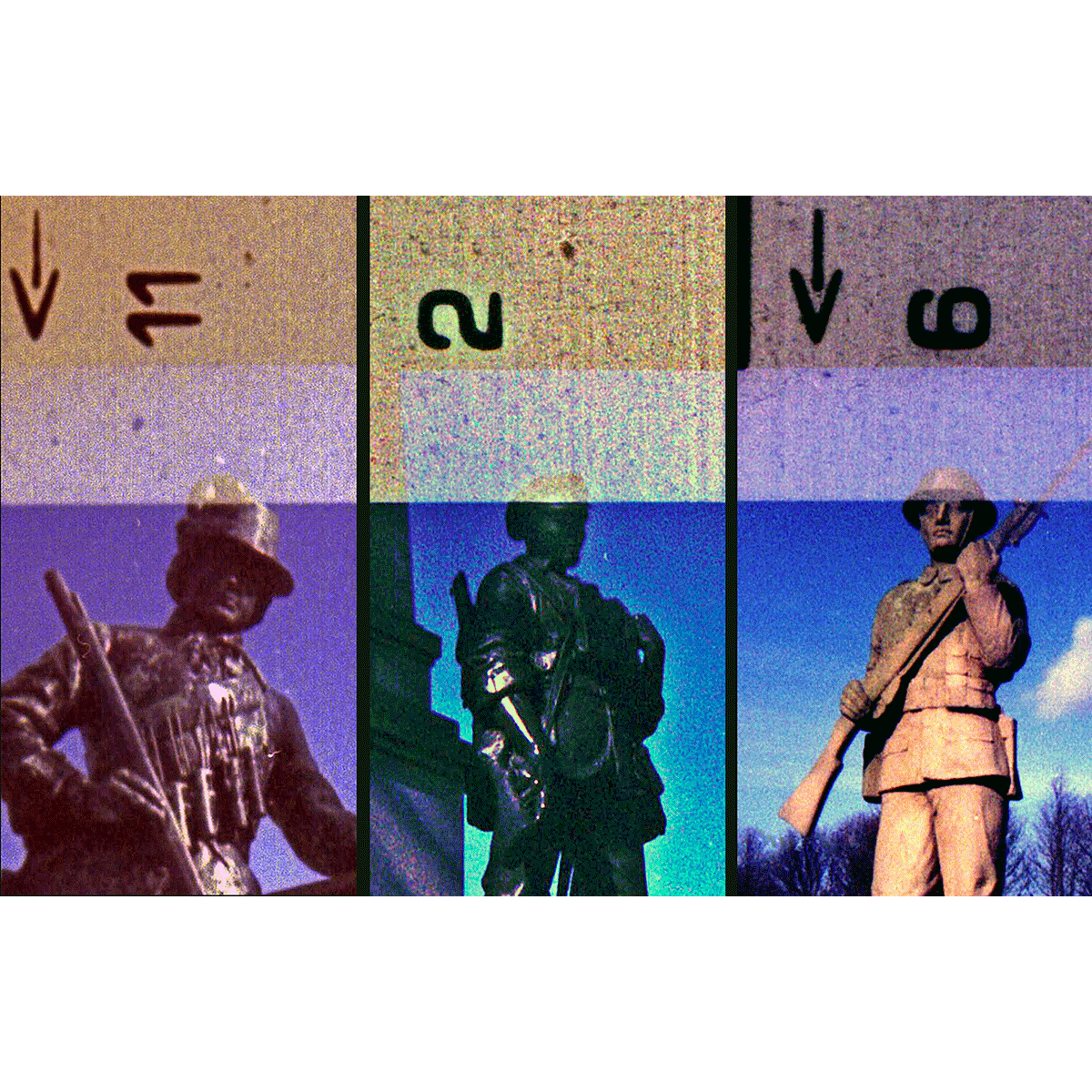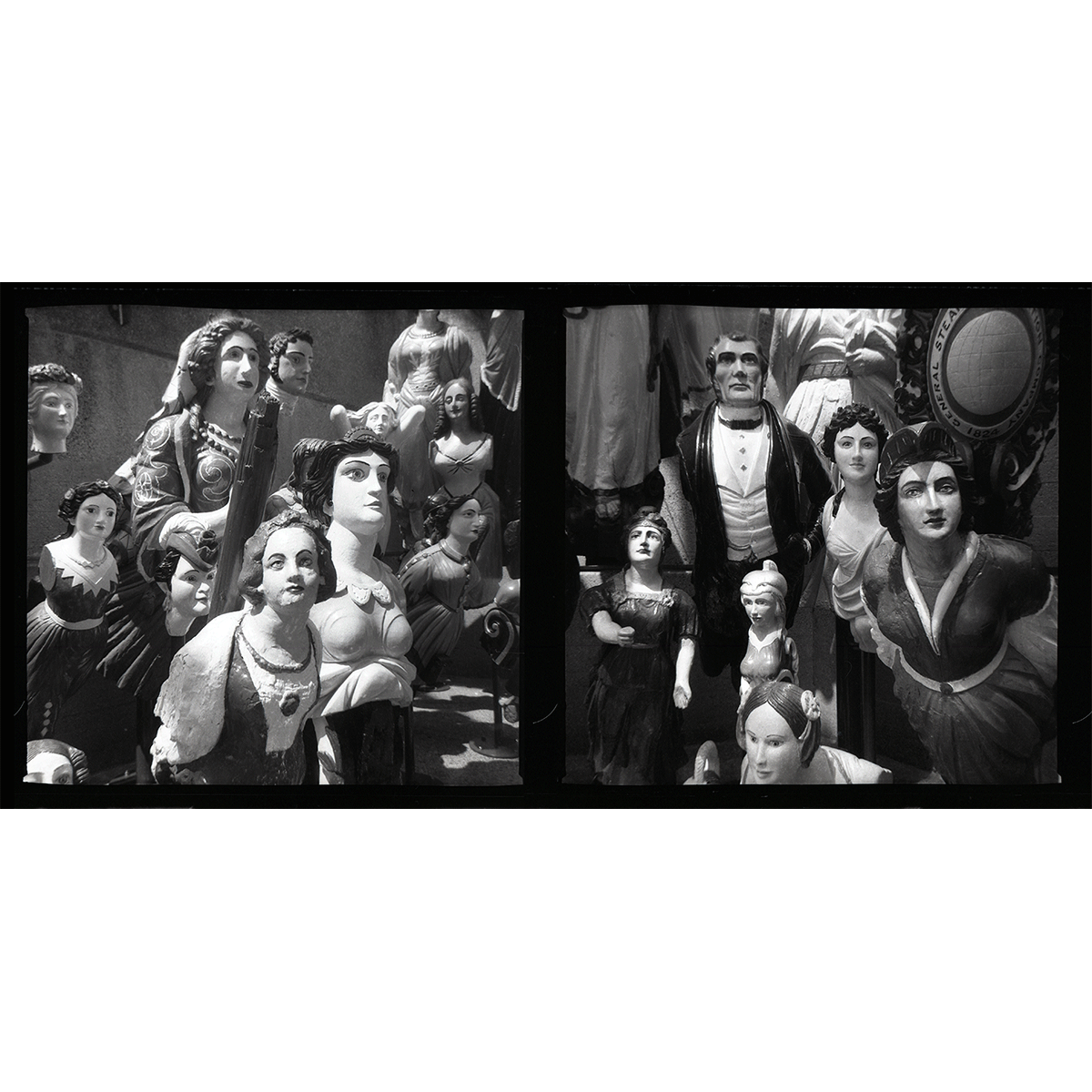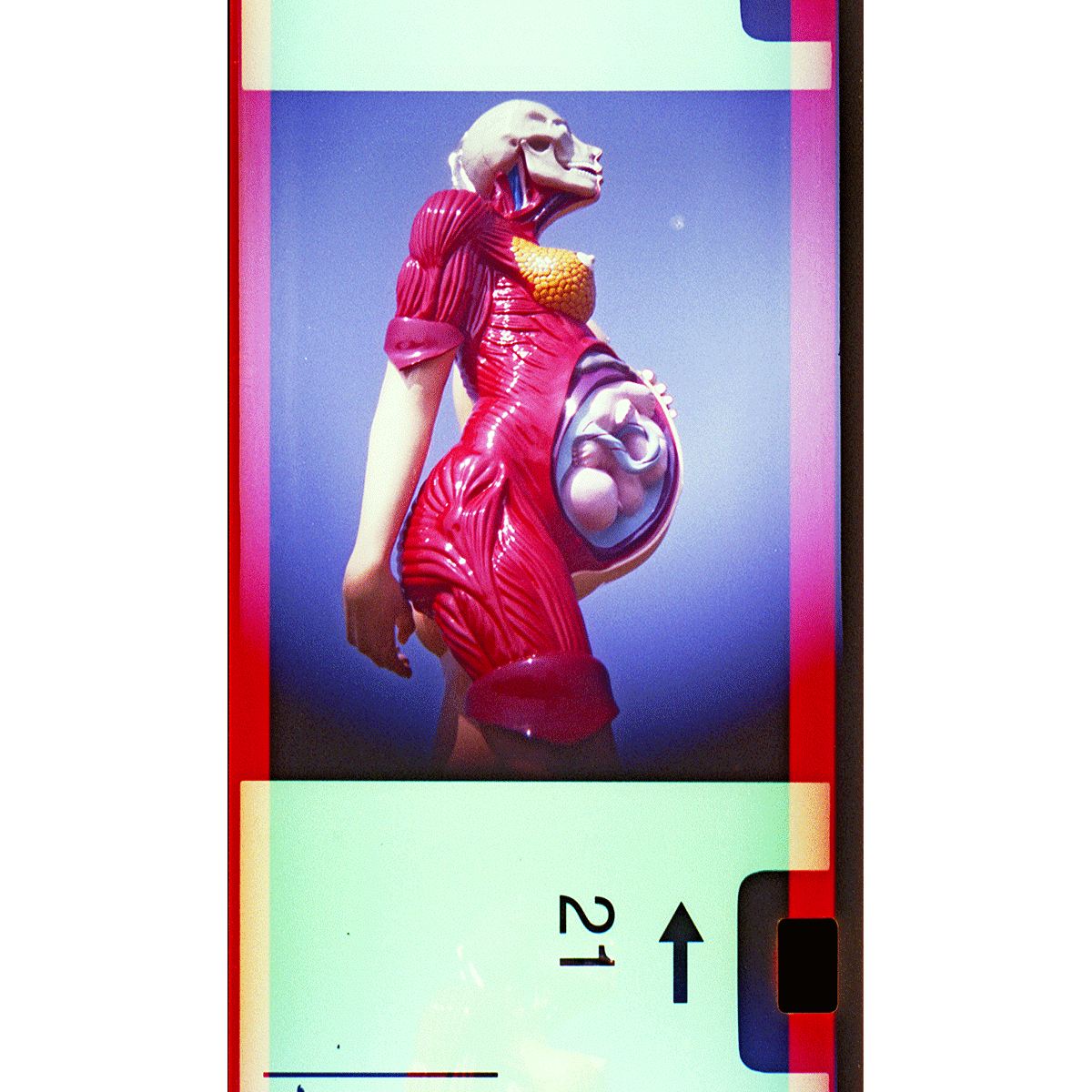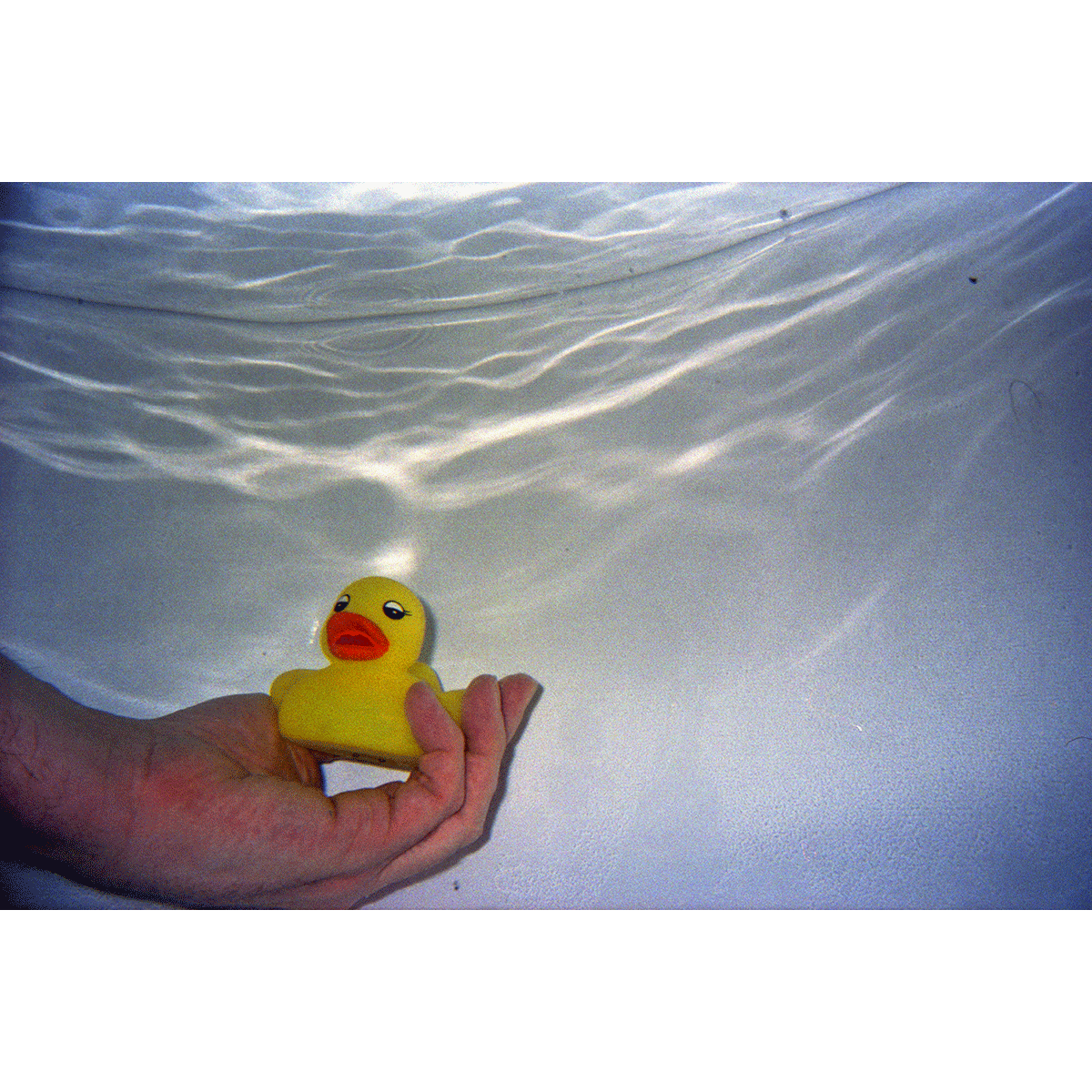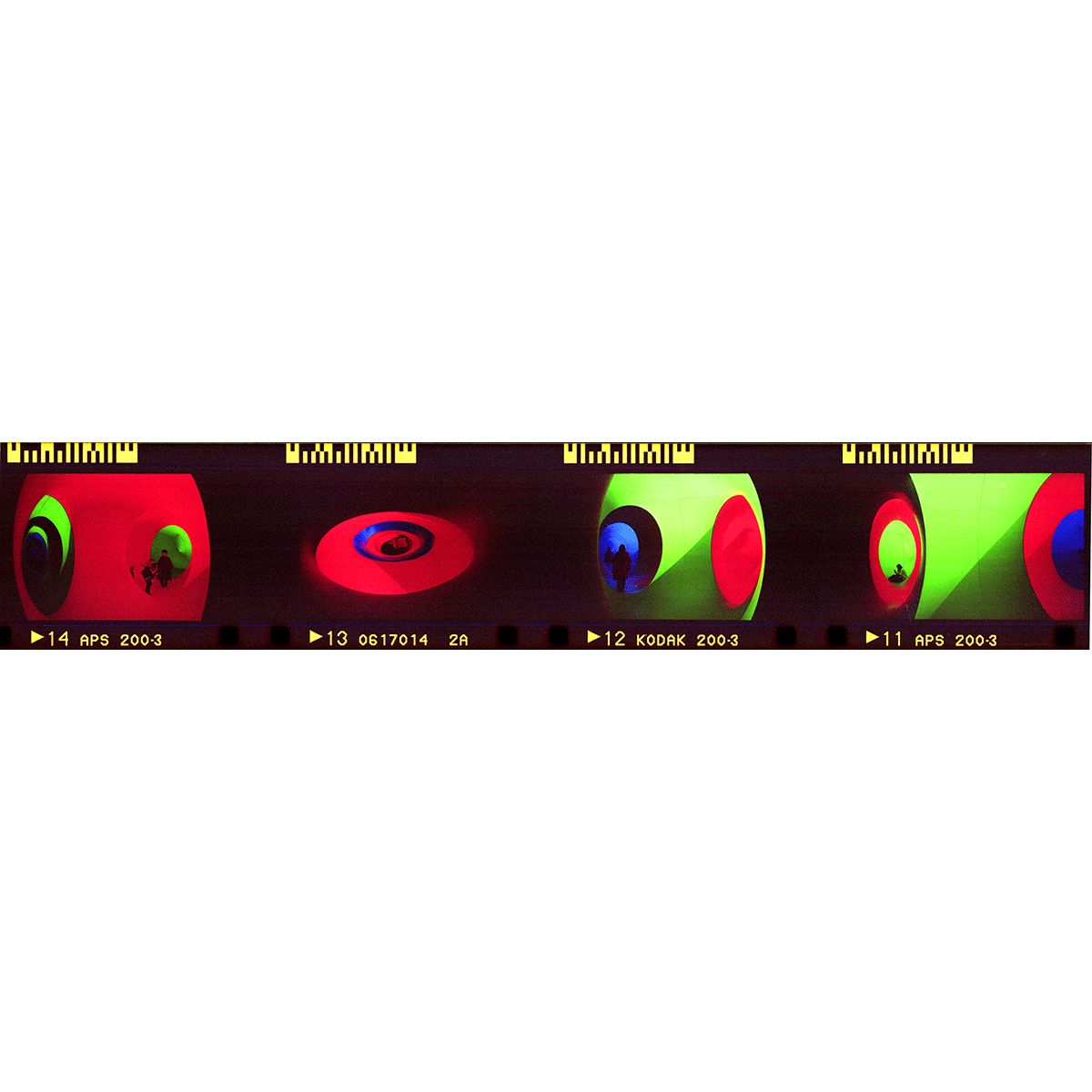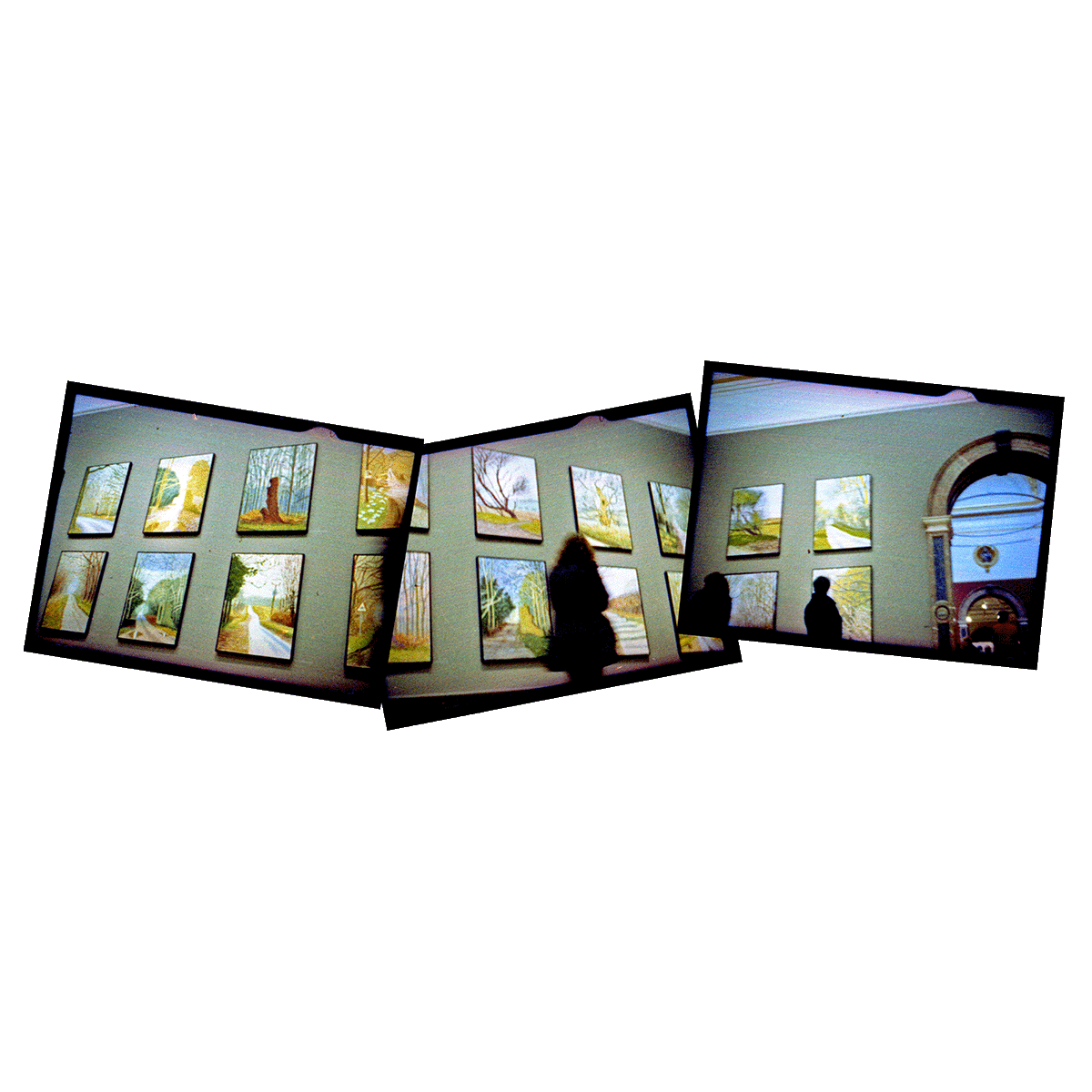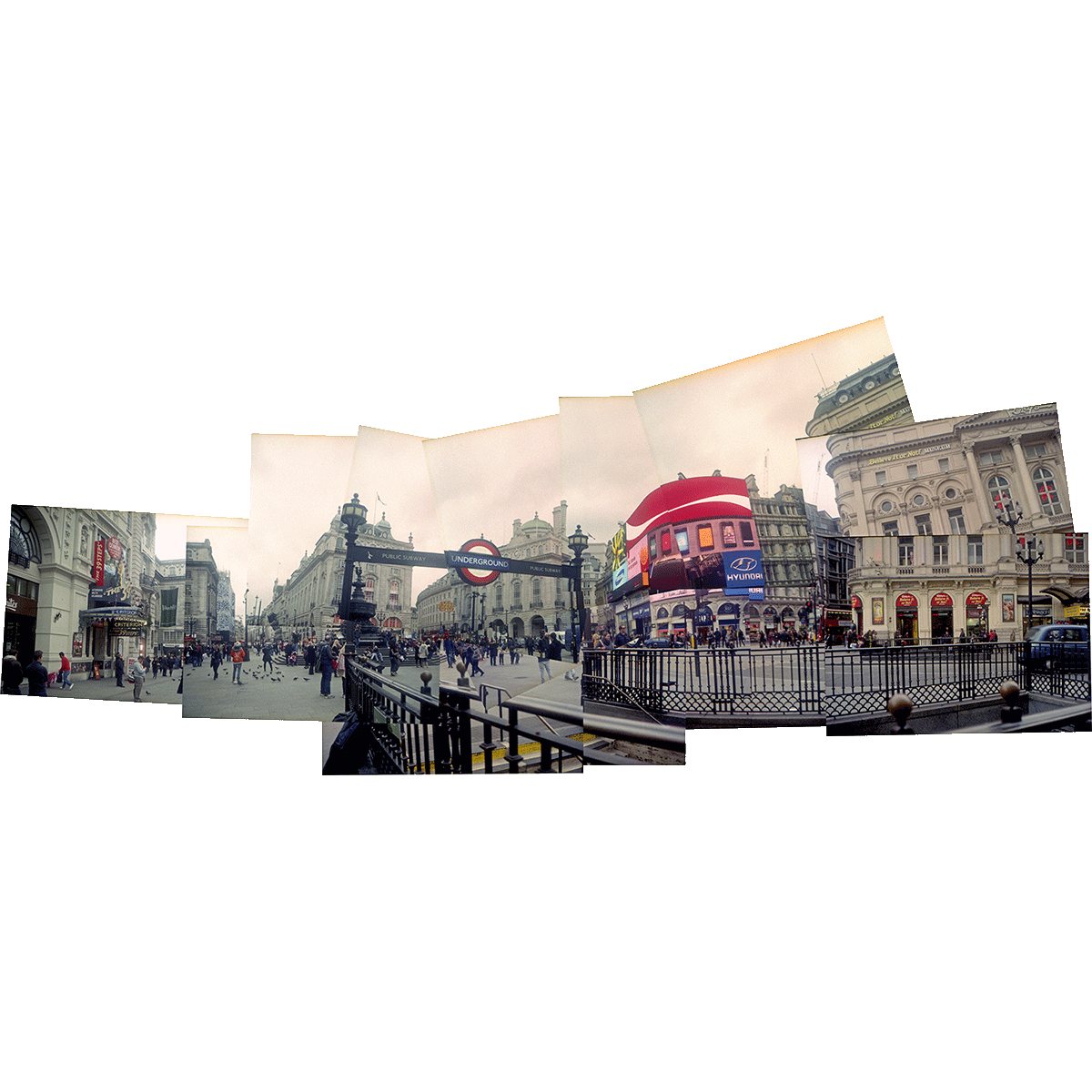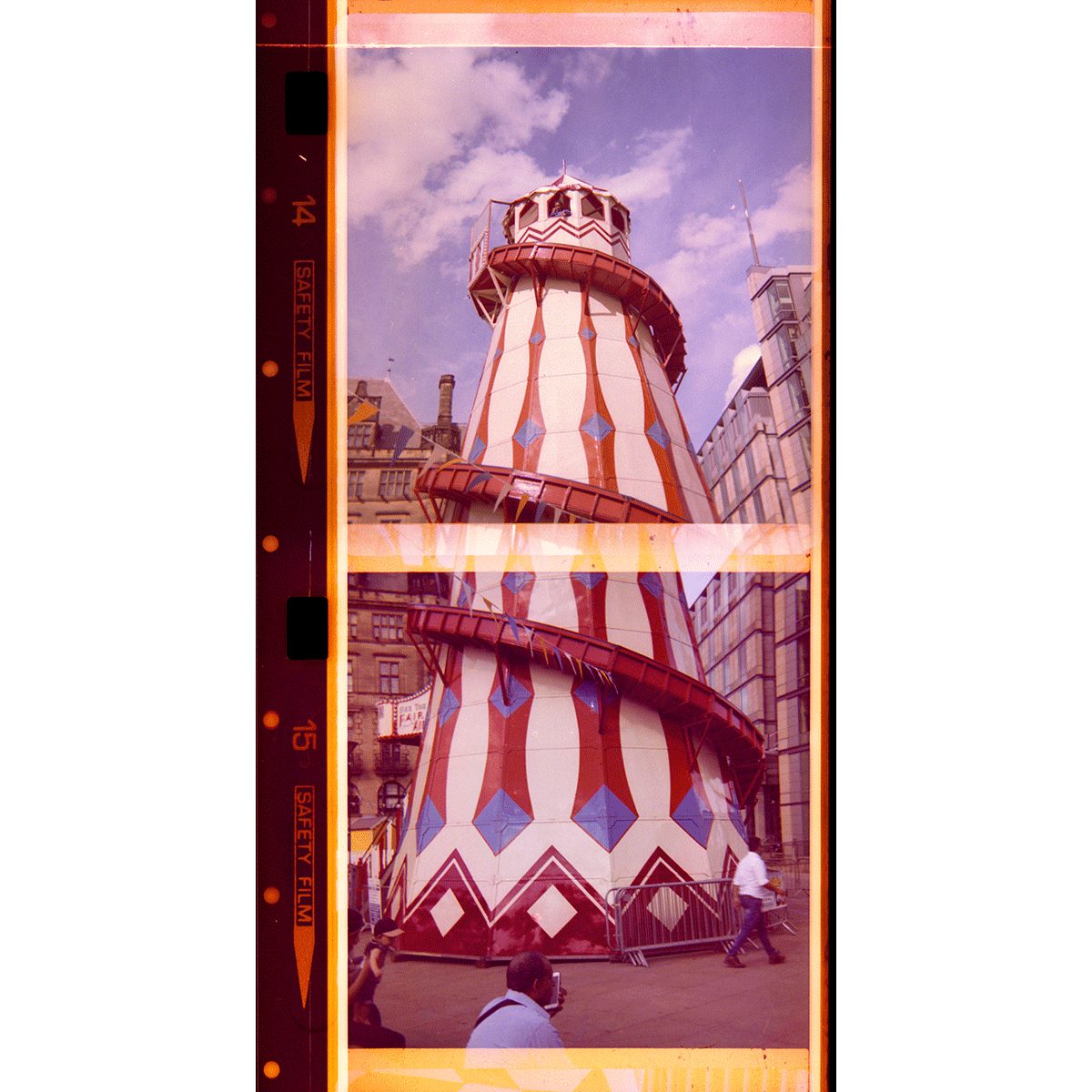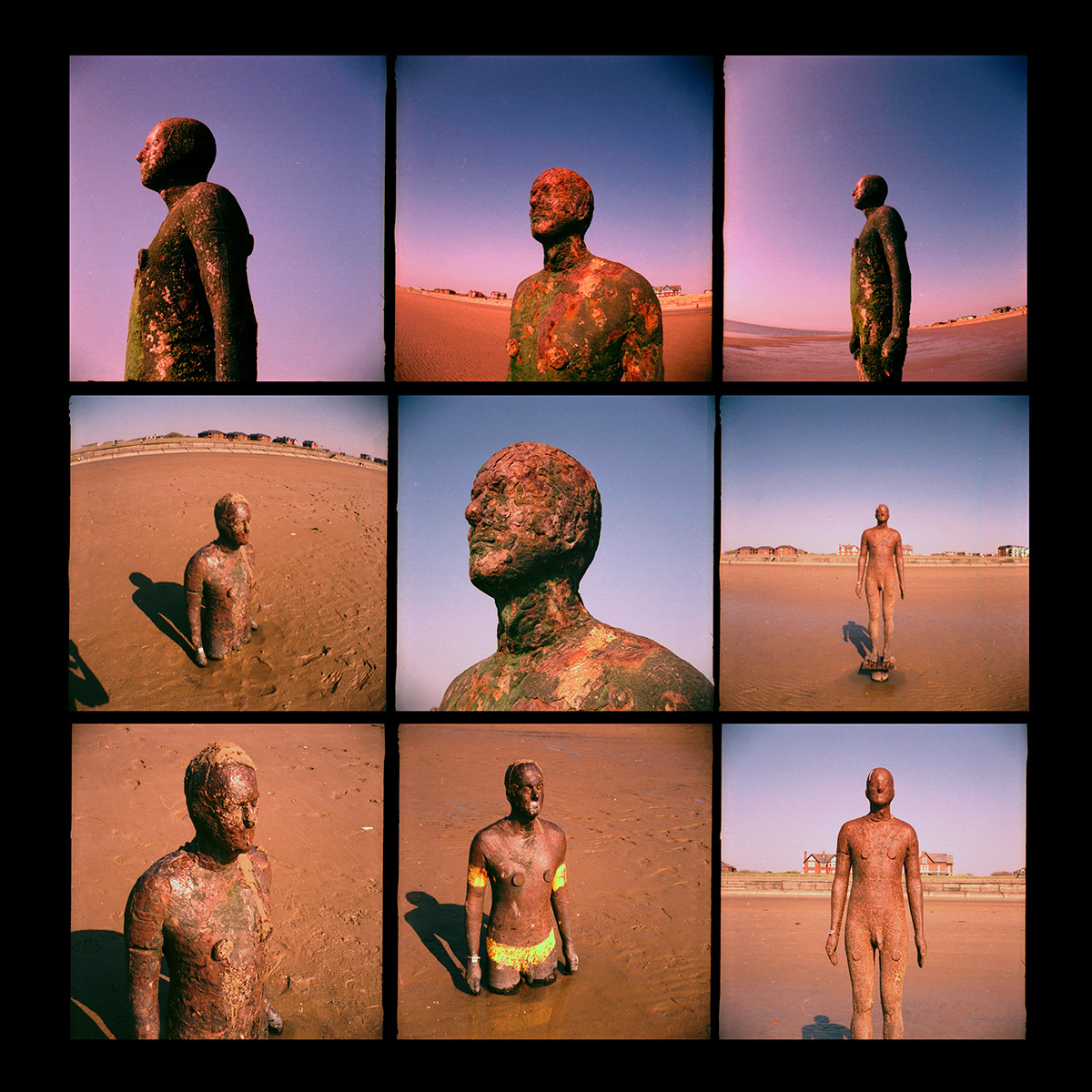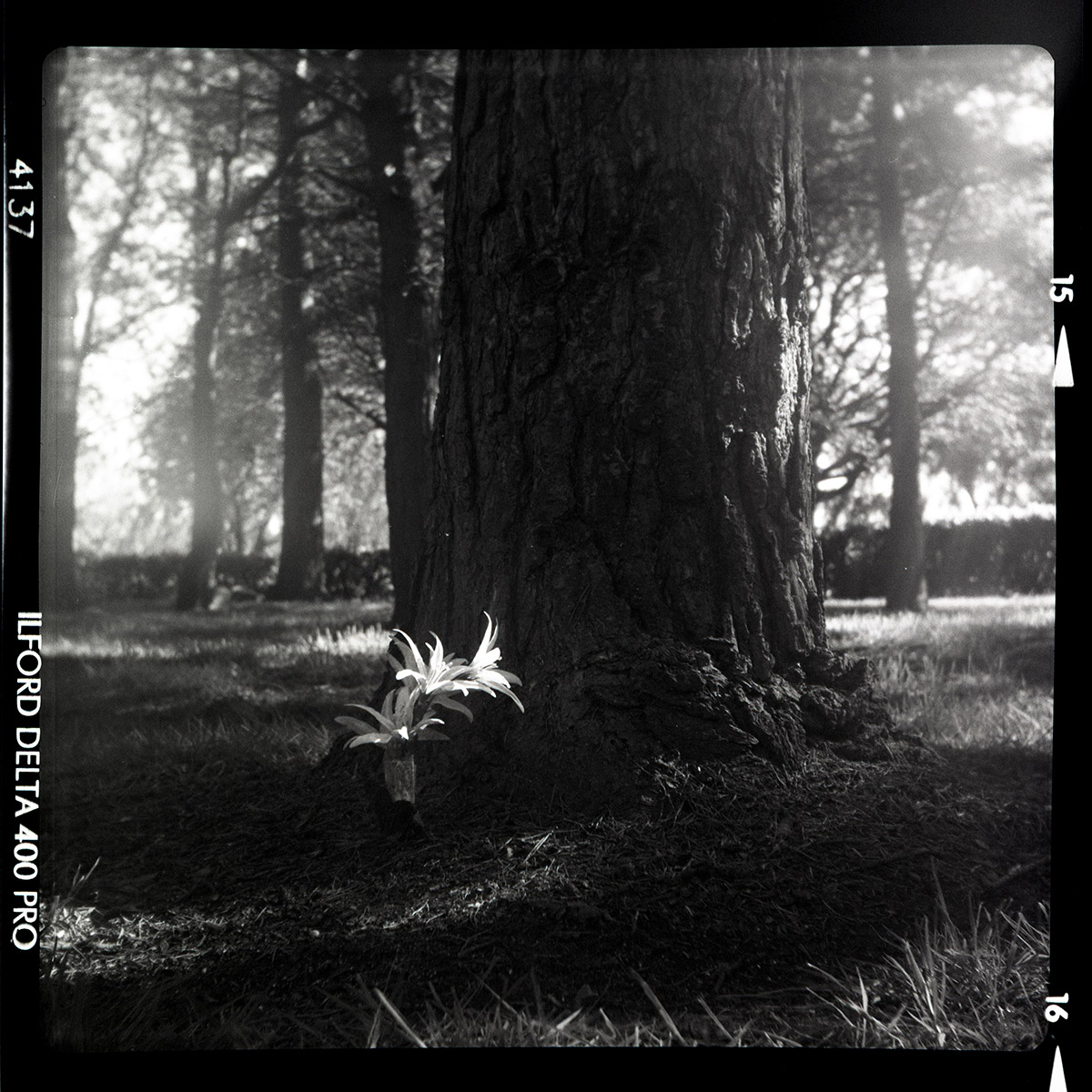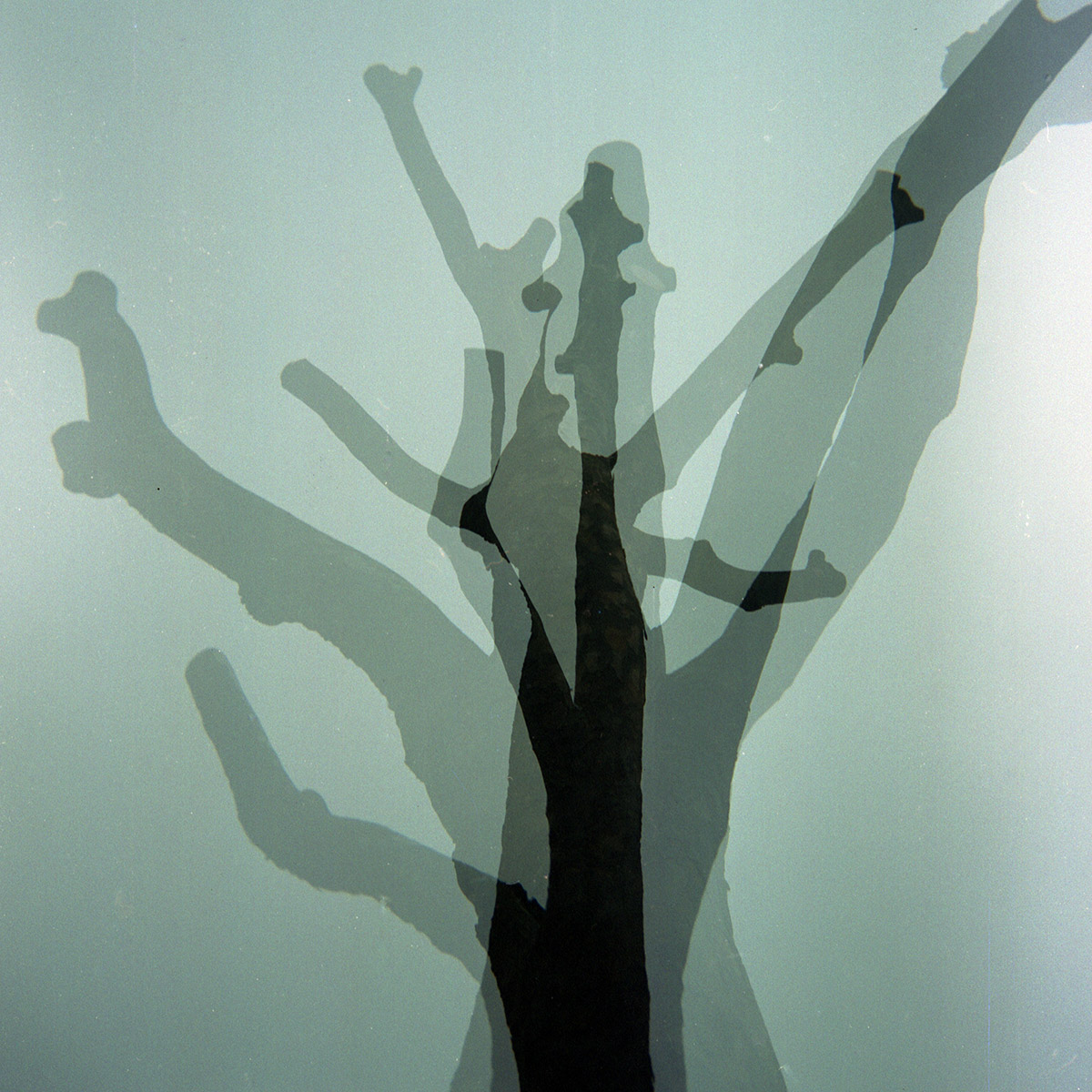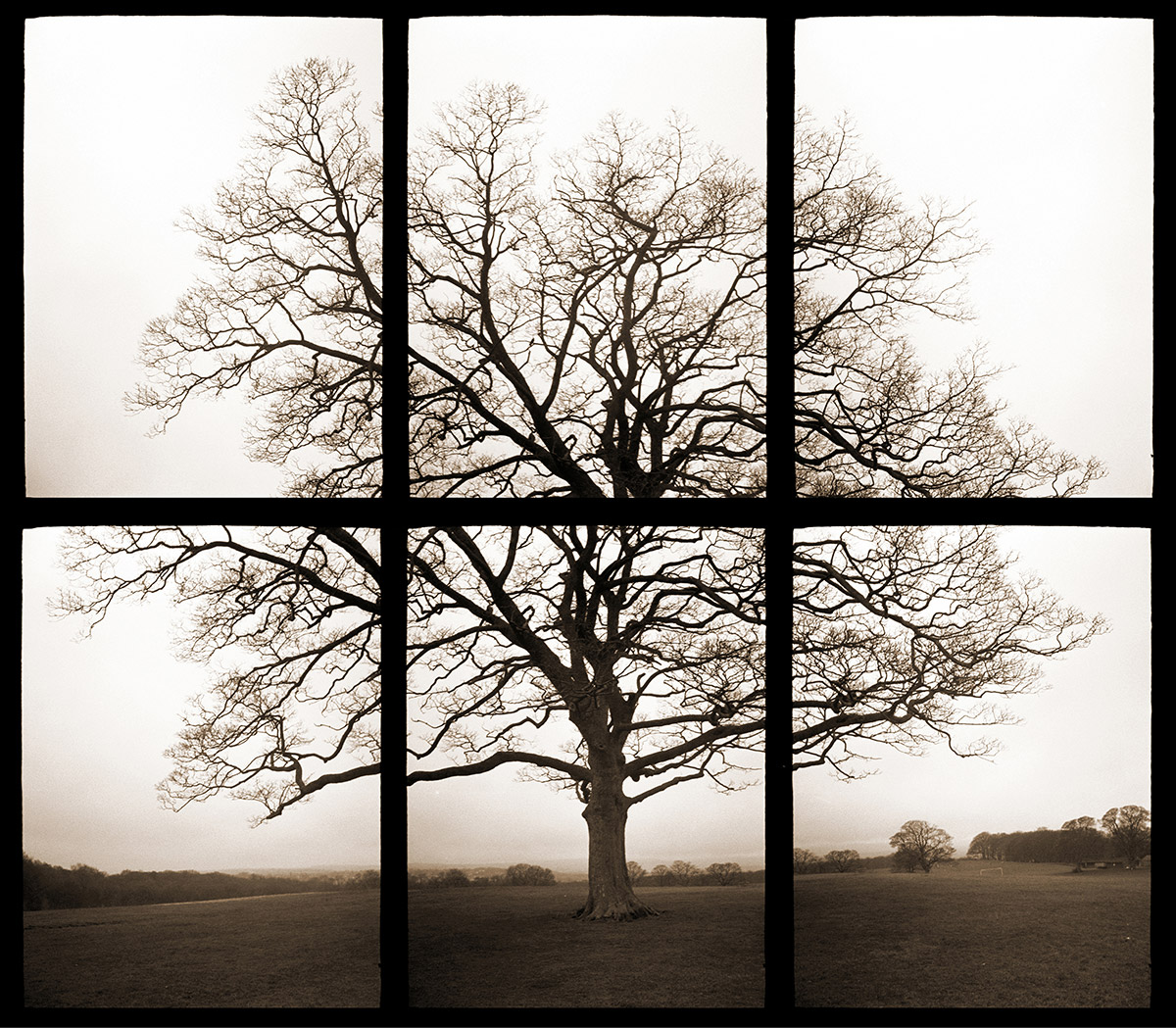Exhibition
Tony Kemplen has been collecting cameras for over 50 years, and in 2010 he decided to start using them. For a decade, he used a different film camera each week of the year – 522 cameras in 10 years. Since 2011, he has written a monthly column about the project for Amateur Photographer Magazine, so the exhibition straddles the worlds of contemporary art and amateur photography.
The 52 Cameras in 52 Weeks exhibition was to have been a gallery show, but then along came Covid 19, and everything was moved online. The physical show would have been two separate exhibitions, one of the cameras in display units, the other of framed photographs on the walls. The cameras and photographs would have been numbered according to the week in which they were used, but it would have been left to the viewer to decide whether they were curious enough to link the two, or were content to simply take in the two different displays.
Faced with a wall of prints, the eye could be drawn in any number of directions, and the images inspected to a greater or lesser extent in any order that took the visitor’s fancy. Seen on a website, there is far less chance to allow the viewer the freedom to browse, and at least initially, some kind of order has to be imposed. Some simple maths confirms that there is a vast number of possible ways that 52 images can be arranged, it turns out that there are around 867, that’s 8 followed by 67 zeros different ways in which they could be displayed.
So where to start? Let’s start at the very beginning (a very good place to start). The world’s earliest known photographic negative was made by William Henry Fox Talbot in 1839, it shows a latticed window taken from inside his home at Laycock Abbey in Wiltshire. Now administered by the National Trust, Laycock Abbey attracts all manner of visitors, but for photographers, this window, still as it was all those years ago, is a natural draw. I visited Laycock in week 232 of my project, and took my mandatory photo using a Ricoh Super 44 twin lens reflex, this image seems like as good a choice as any for the opening. From then on I selected each subsequent photo on the basis of some visual or conceptual link, so in my second image, a quintuple exposure of a tower block, the five shapes of the tower echo the five panels of Fox Talbot’s window, while the lace like pattern created by the multiple exposure suggest the window’s lattice patterns. Next is another tower, London’s Gherkin, with its geometric shaped panels, whose dome then segues into a treetop blended with yellow flowers. The journey continues with a variety of connections, sometimes colours and shapes, sometimes patterns and lines, a short run of figures, and some hats. A series of tourist destinations, a couple of David Hockney style joiners, and finally an image of a tree, made up from six 35mm half-frame negatives, evoking a faint memory of Fox Talbot’s window where we started.
Many of the cameras have been the subject of one of my columns in Amateur Photographer Magazine, where available the text of these articles appears below the photo of the camera.
By Tony Kemplen

